You can spend aeons agonising over which new car to buy.
Choose a budget, a bodystyle. Read the reviews, check out the rivals. It’s not easy – after all, new cars have never been so competitive. But gen up, appraise, step back and – at last – make your call.
But hang on. Throw a quick sideways glance out of the brochures and into the classifieds. Where your budget dictated four cylinders, now there are six. Where there was mundane, now there’s exotic. Where there was restraint, now there’s a simply enormous bolted-on rear wing.
Welcome back to the world of temptation that is Used vs New…
USED: BMW i8
NEW: Nissan GT-R
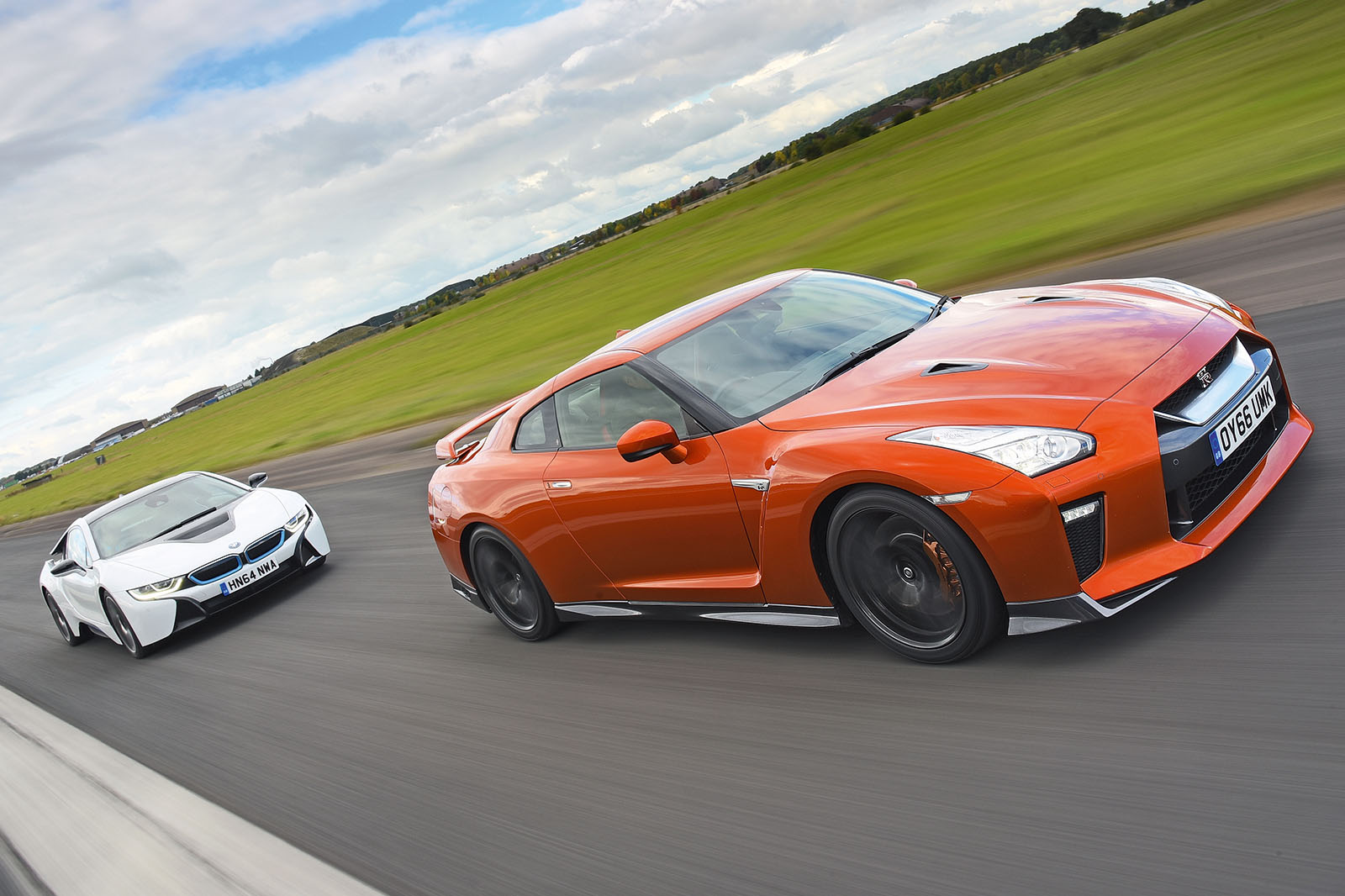
The latest Nissan GT-R has just been launched and can be yours from £79,995. A decade after its debut, it’s still a tech bargain that’s loaded with performance hardware, sensors and processors to help it change direction like Godzilla’s own thrashing tail. Of course, the 2017 version is more powerful than the last, making 562bhp from its twin-turbo 3.8 V6, but Nissan has also added a number of refinements that edge the car further into grand tourer territory.
Which is where you’ll find another tech-intensive steal in the form of BMW’s i8 plug-in hybrid. Only two years since its launch, you can buy used ones from just £63,000 – a bargain for a car that costs £104,540 new (government grants no longer soften the blow) and benefits from Munich’s most sophisticated hybrid technology. For the GT-R’s £80k, you can almost take your pick of used i8s. John Wallis heads up the BMW Car Club Great Britain’s i Register and has kindly brought along his immaculate, 7700-mile 64-plate example that’s finished in Crystal White and worth around £73,000.

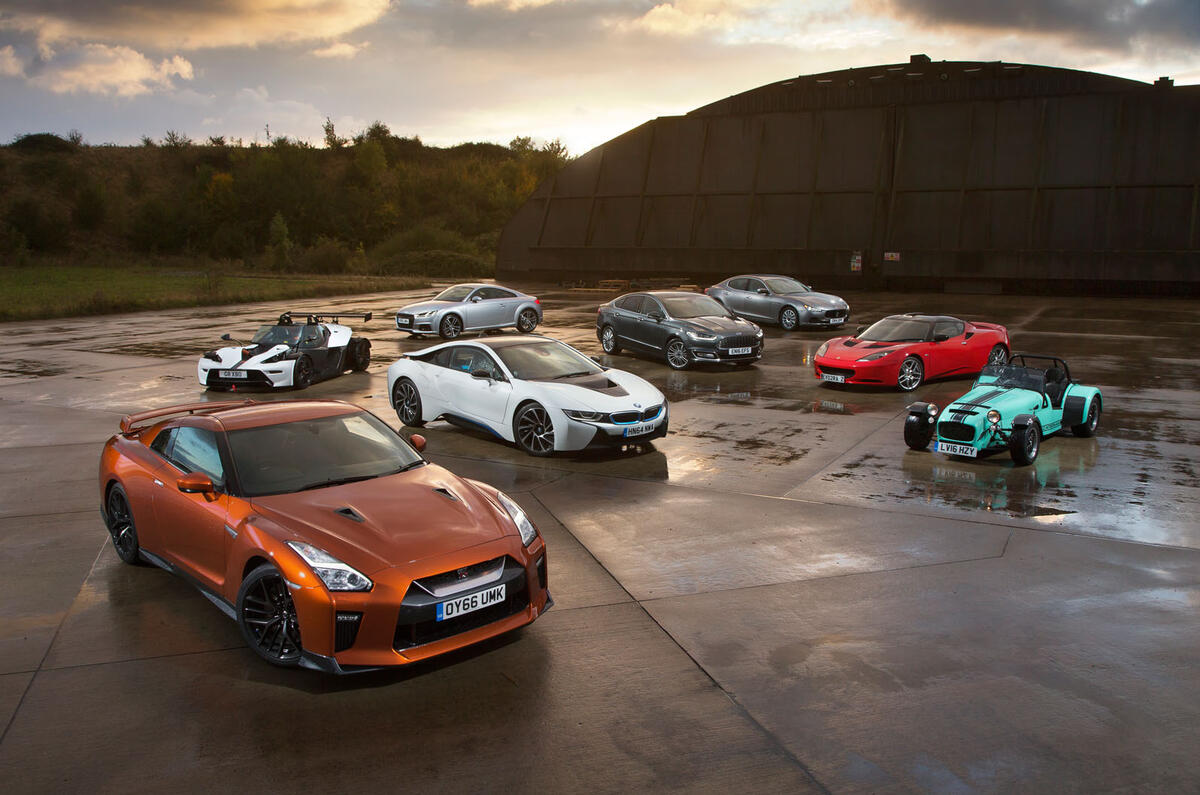

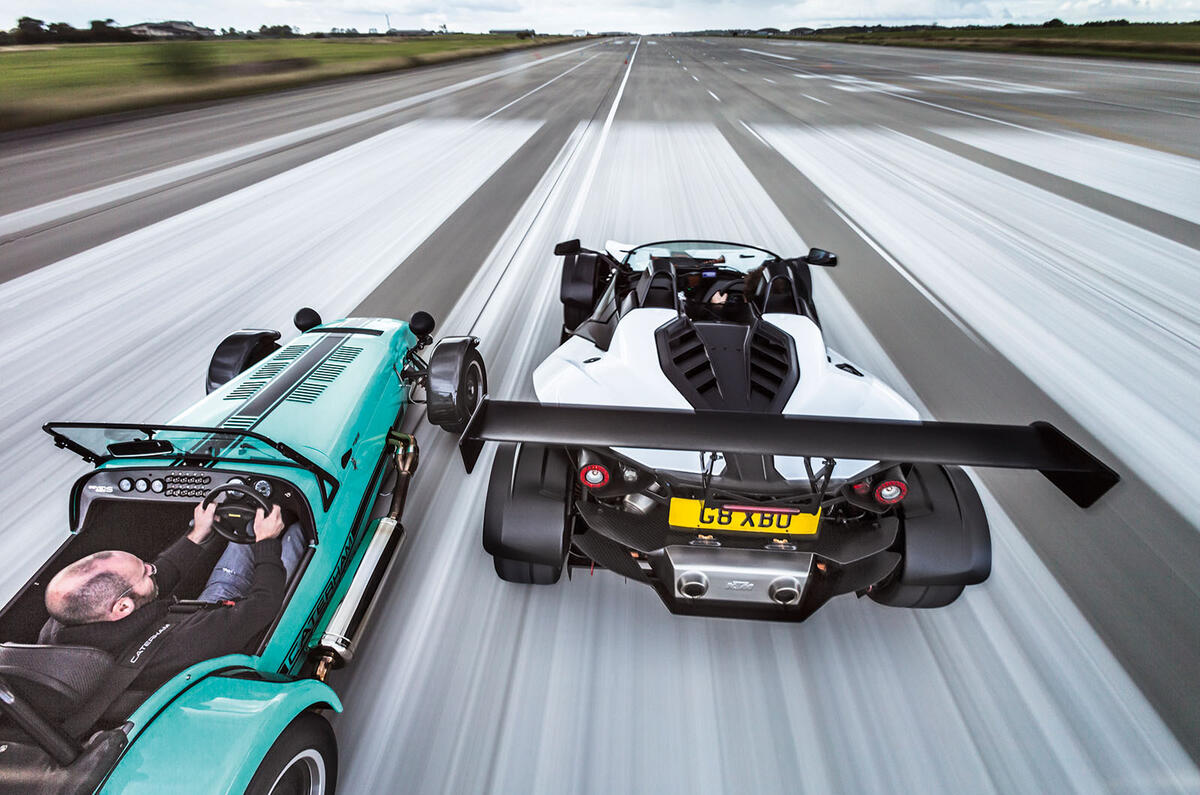
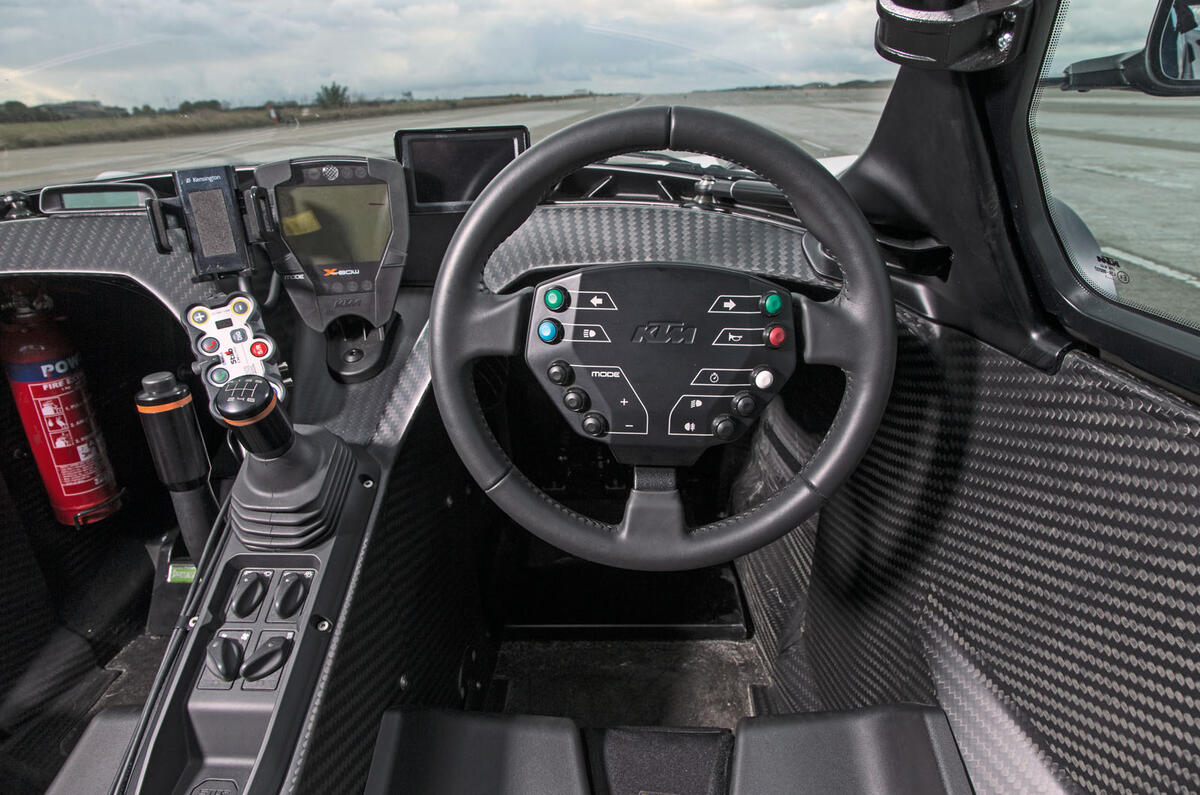
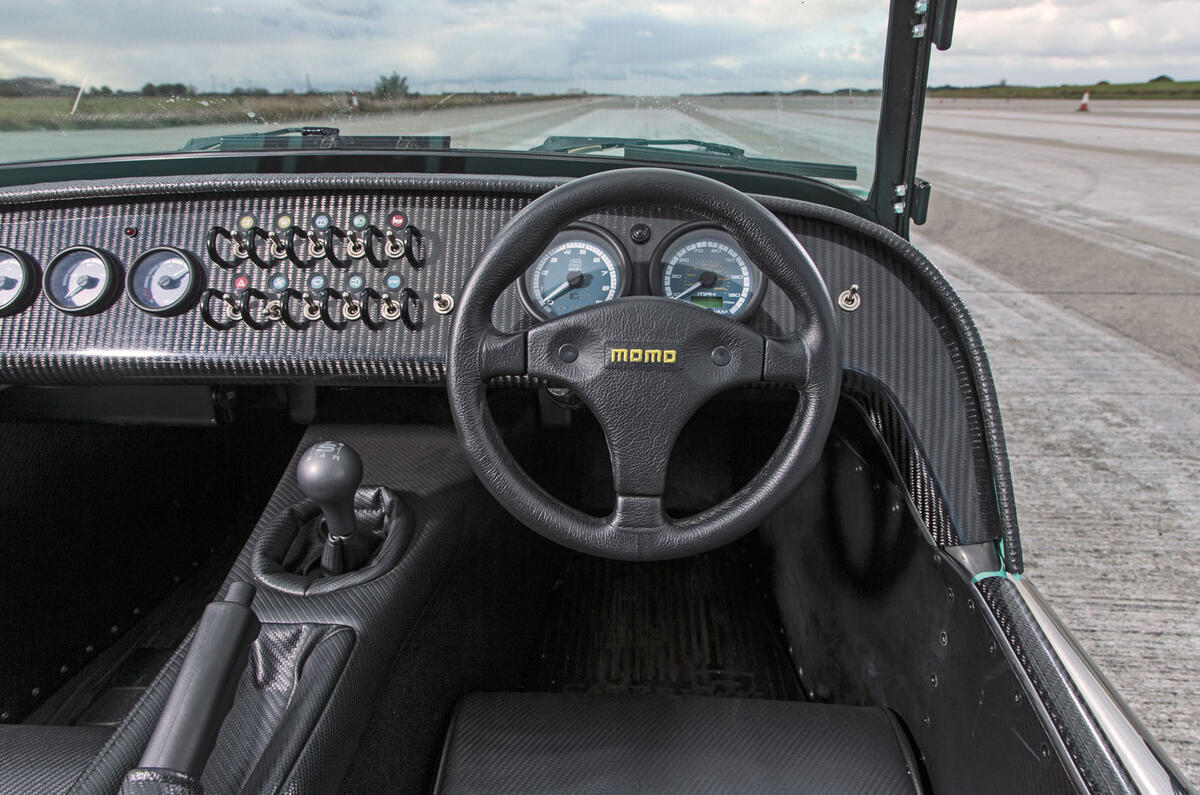
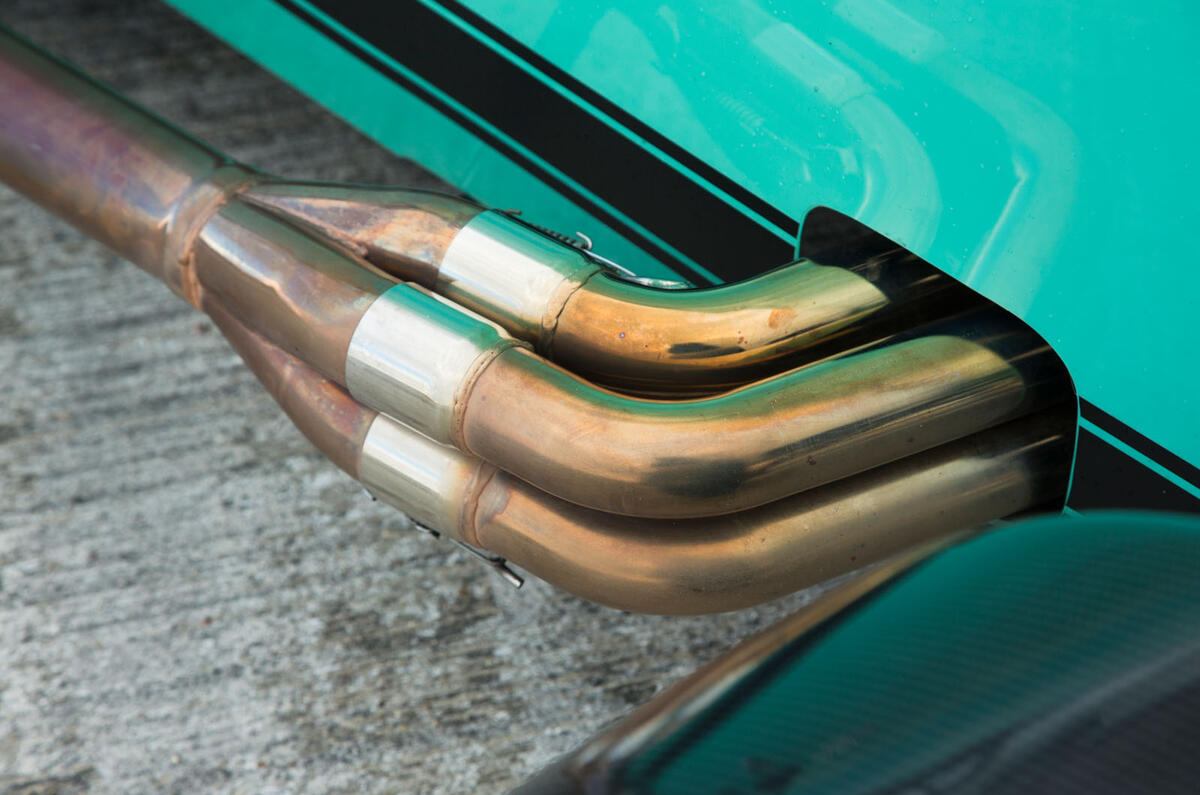
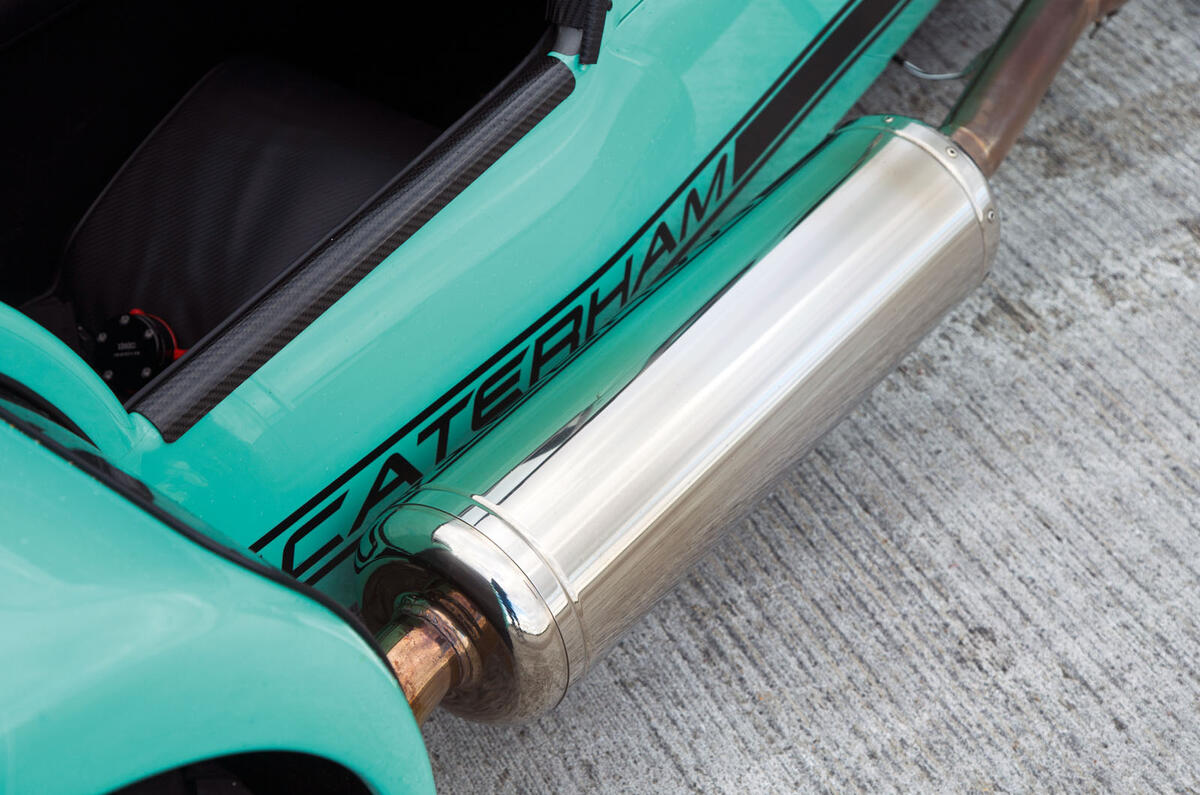
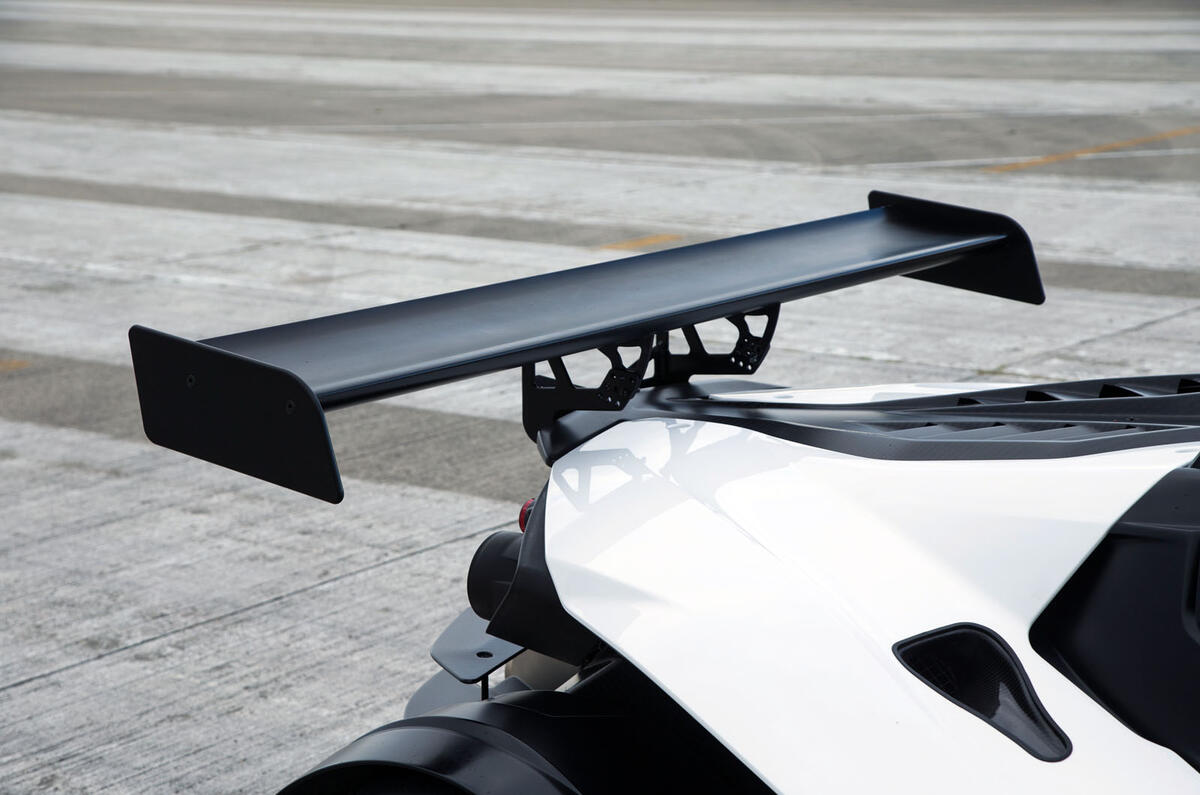


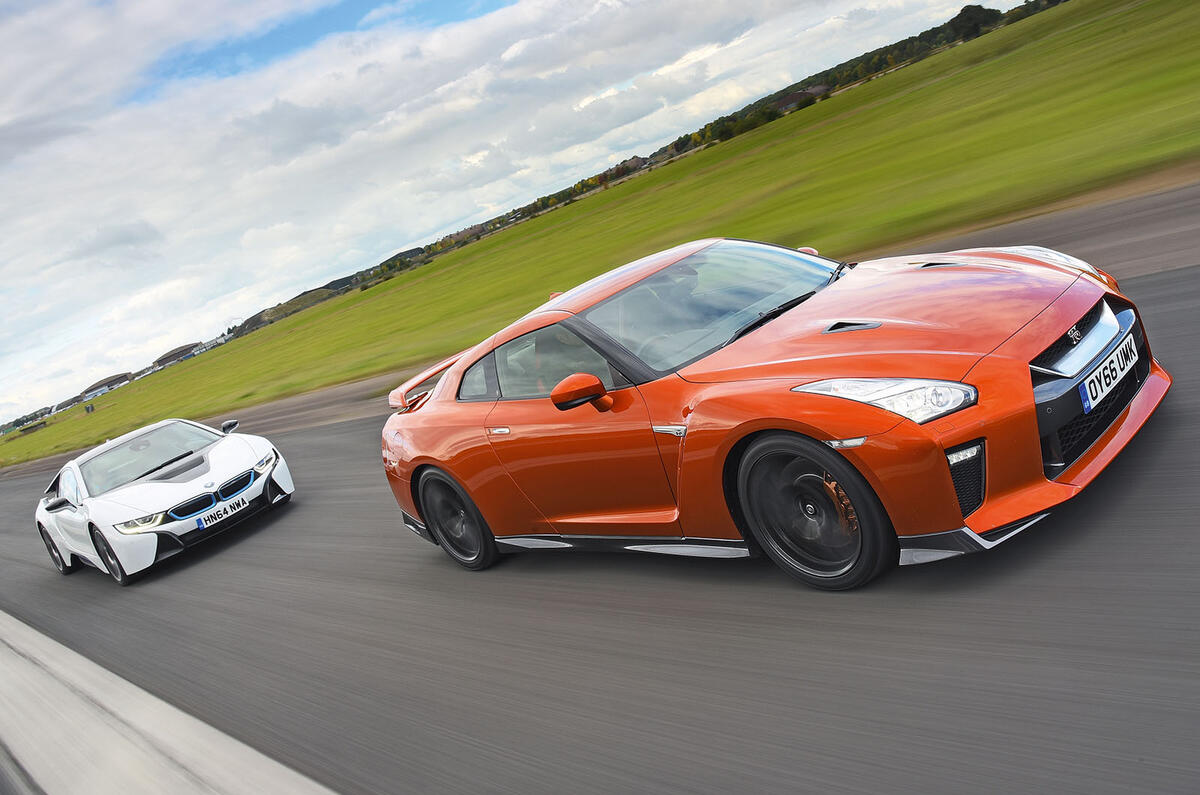
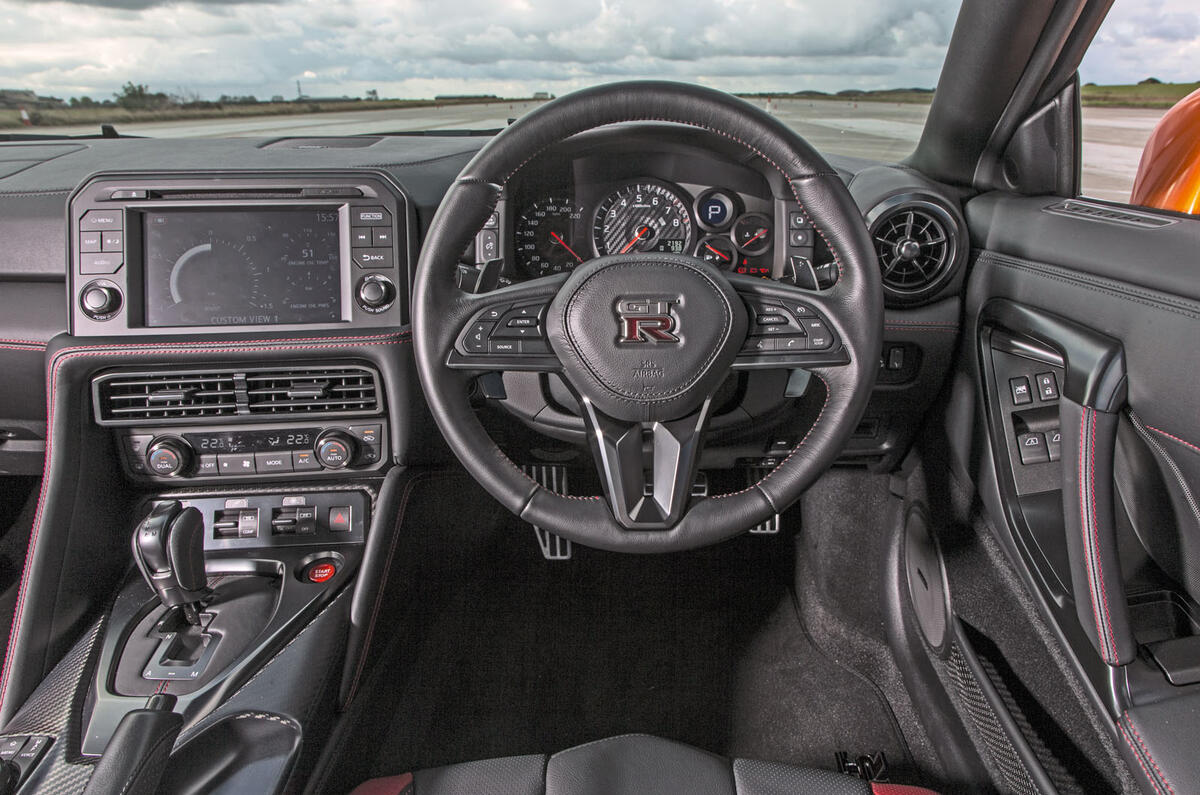
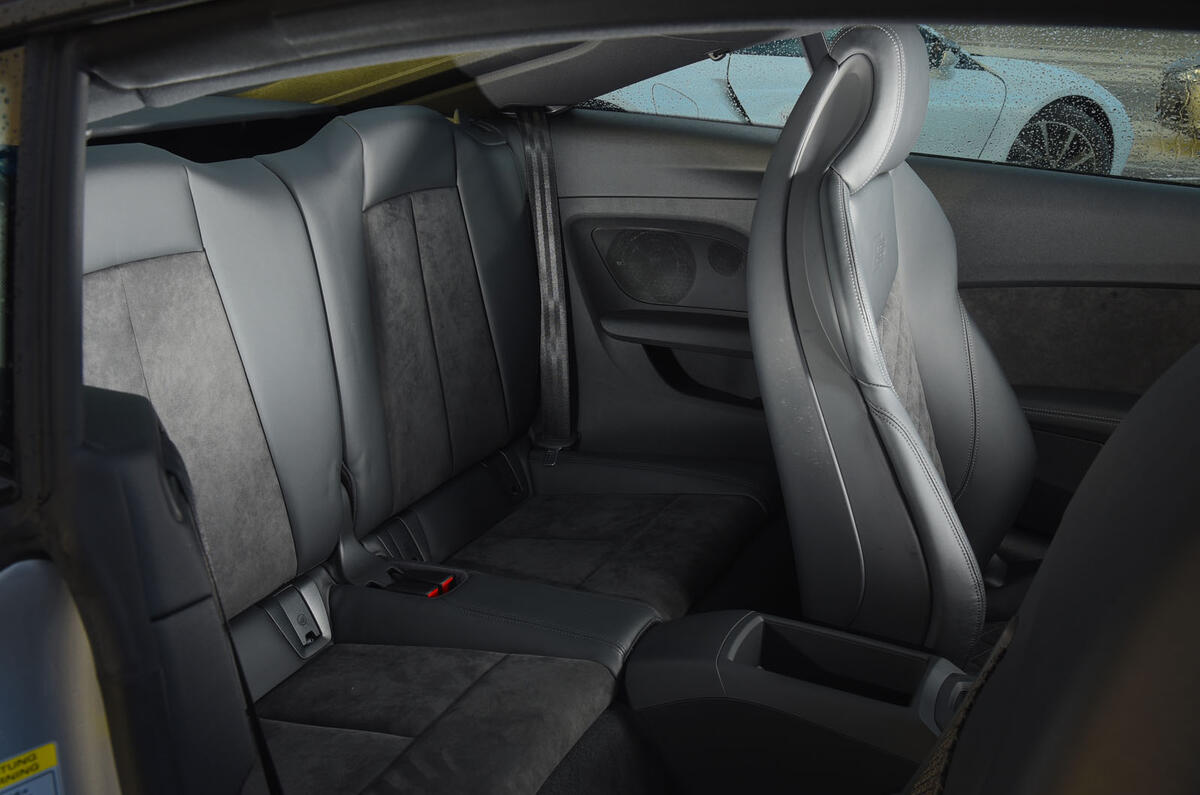
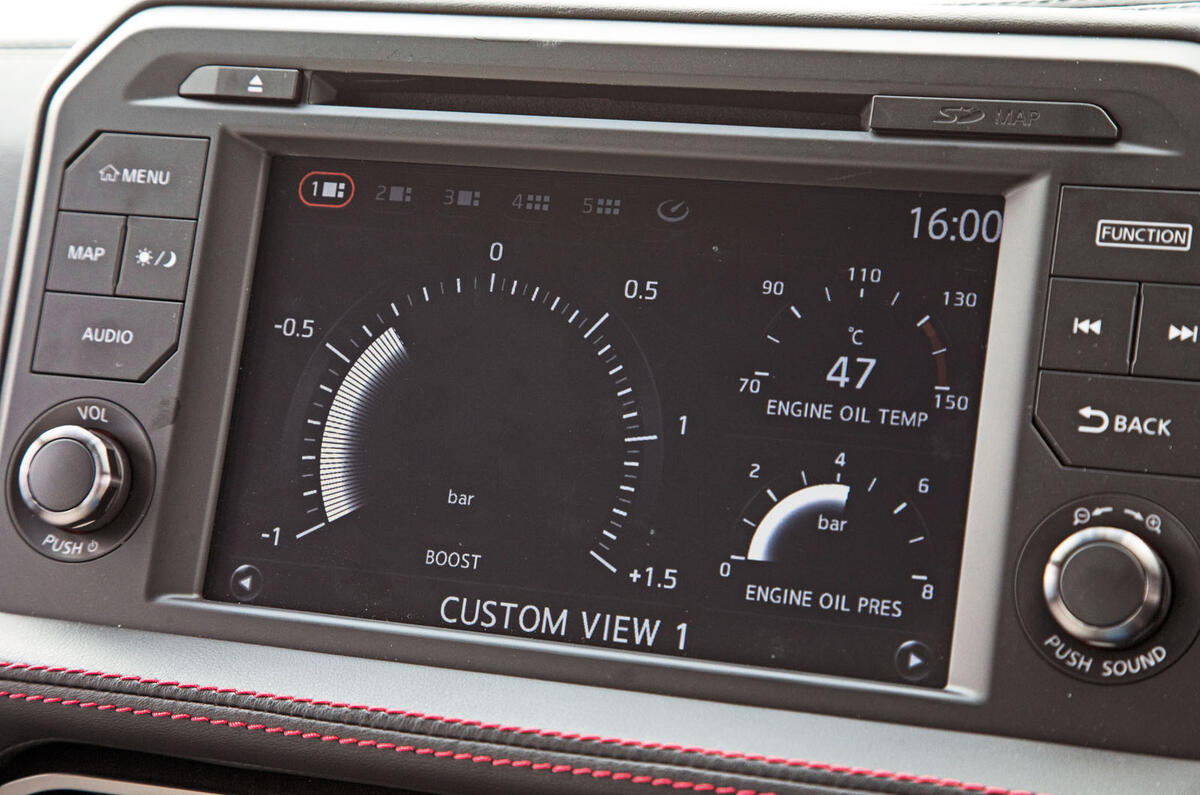
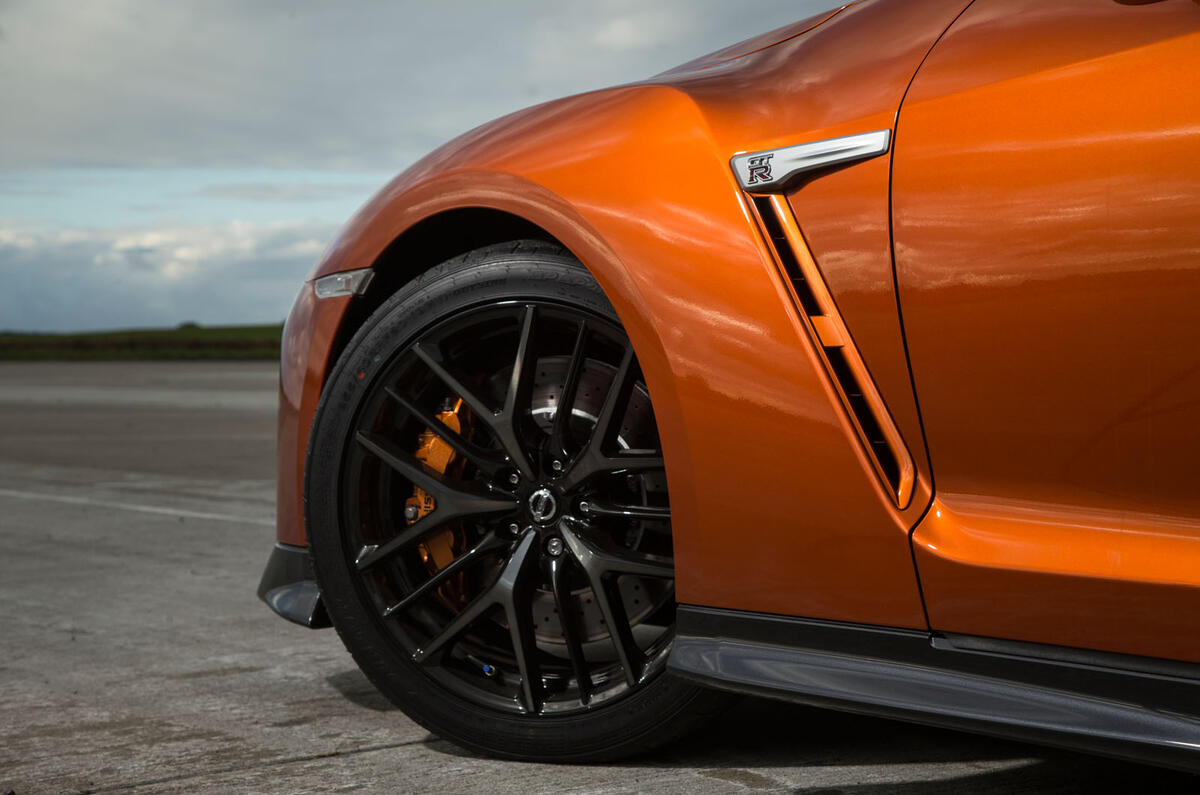




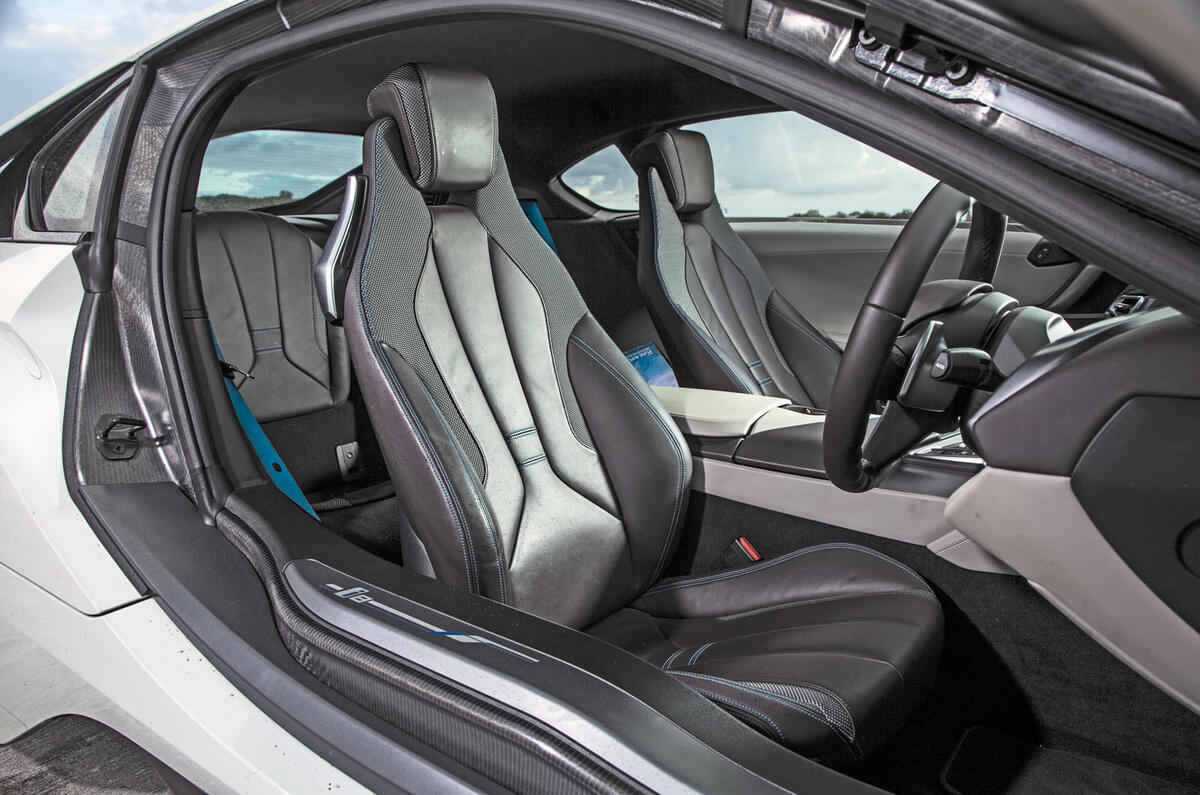
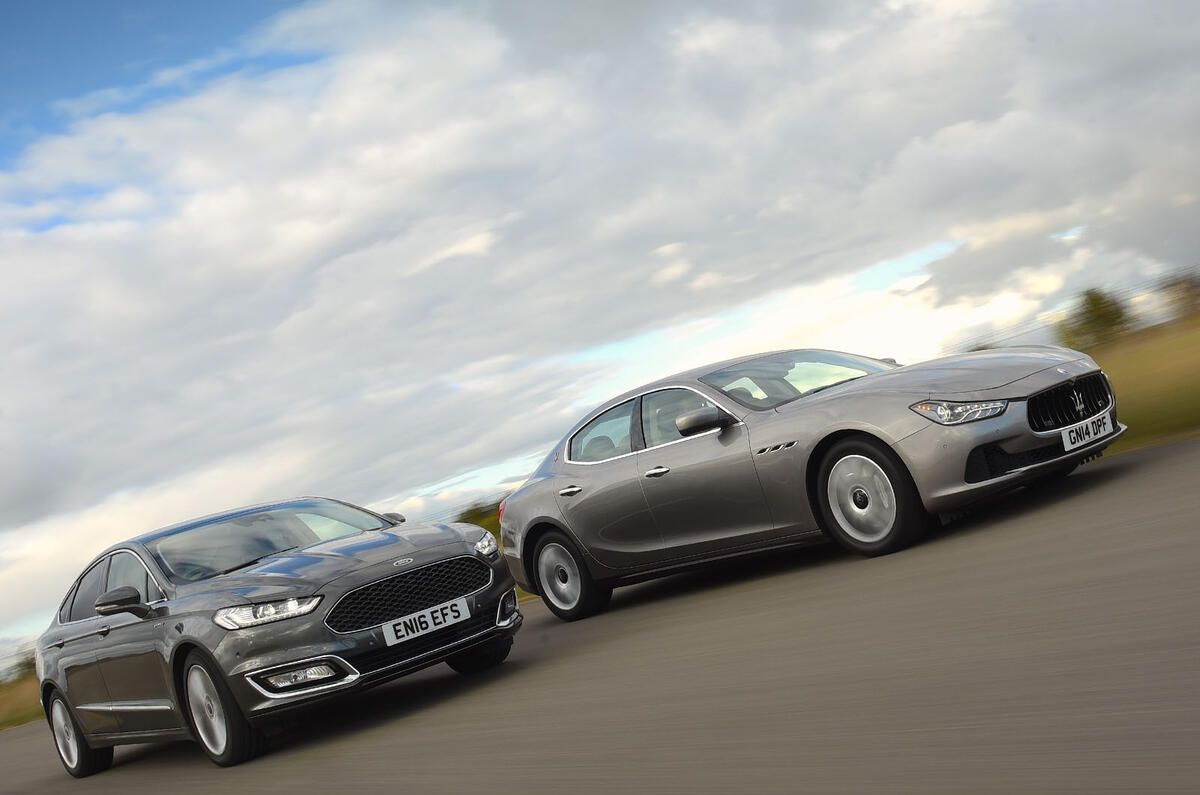
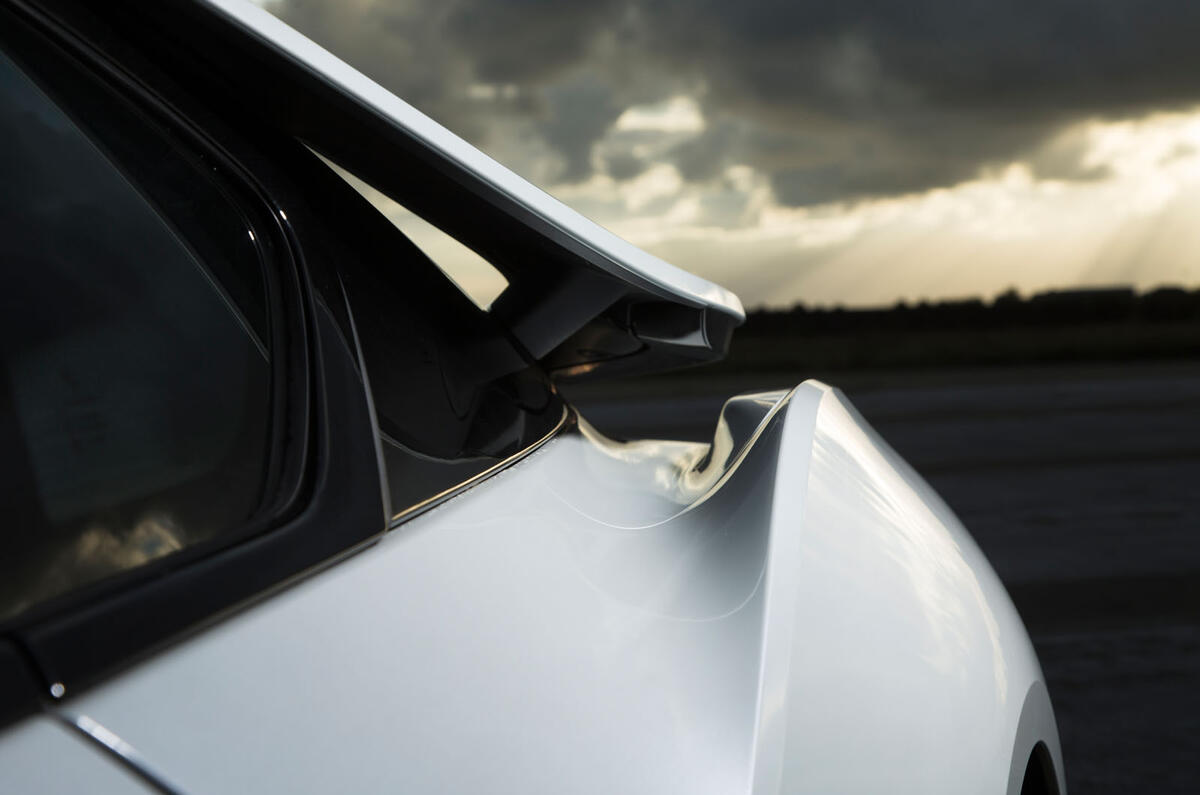
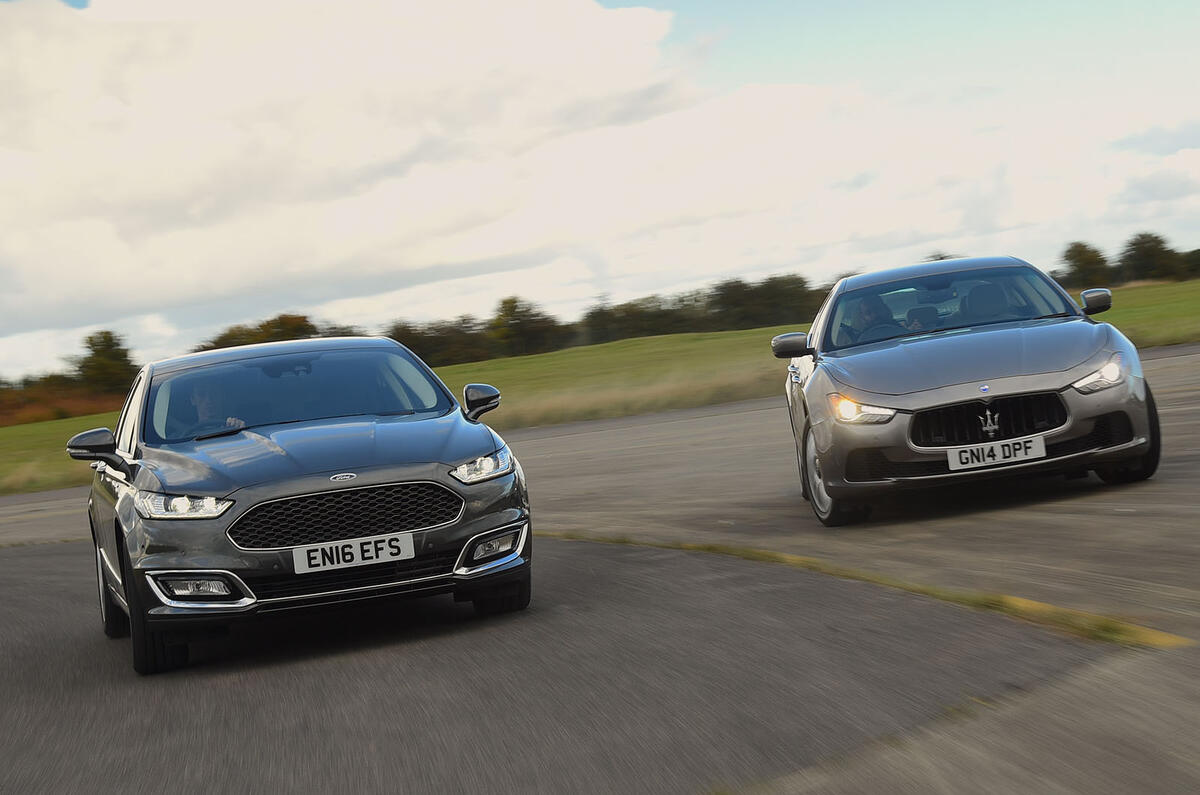
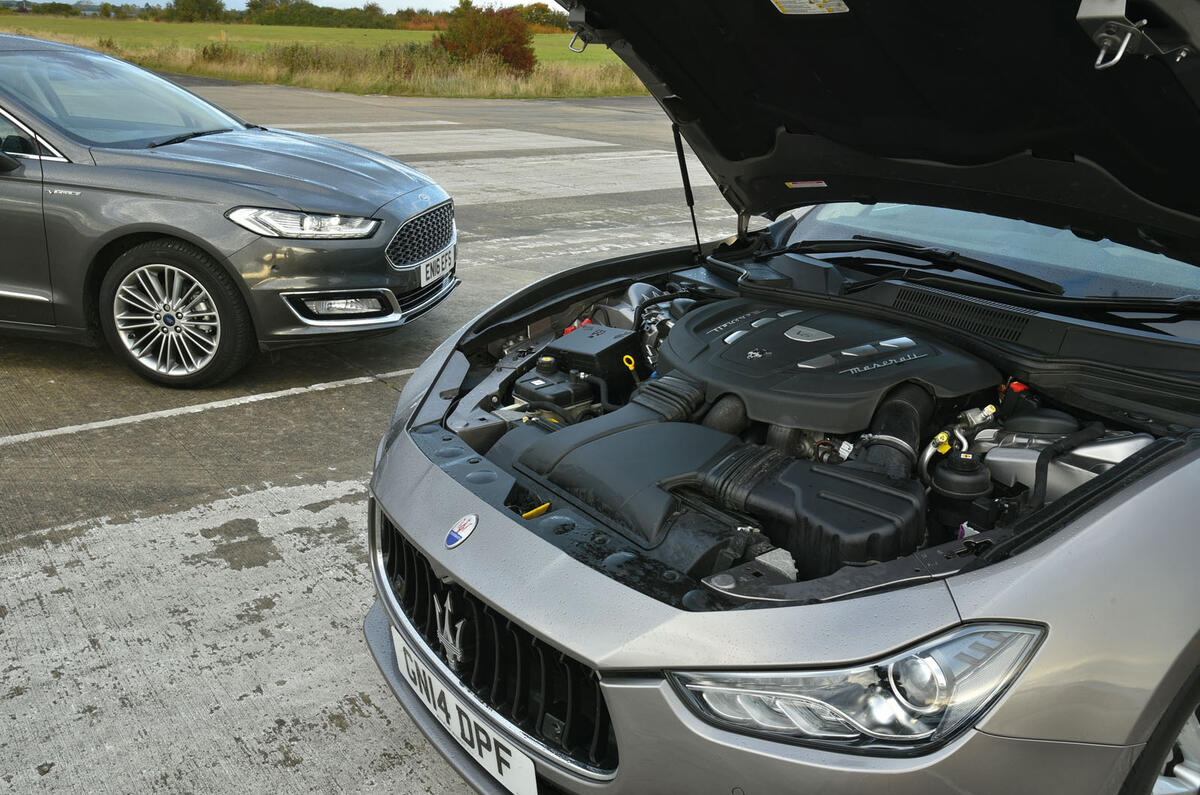

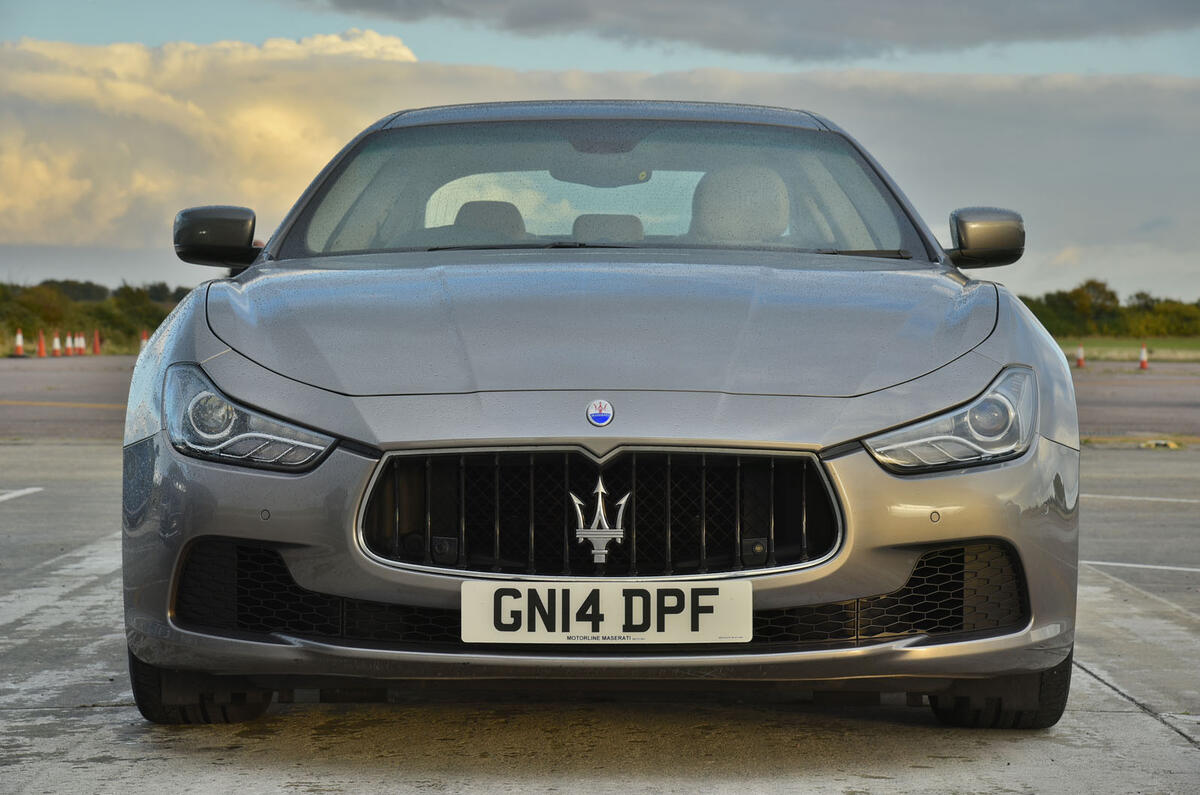
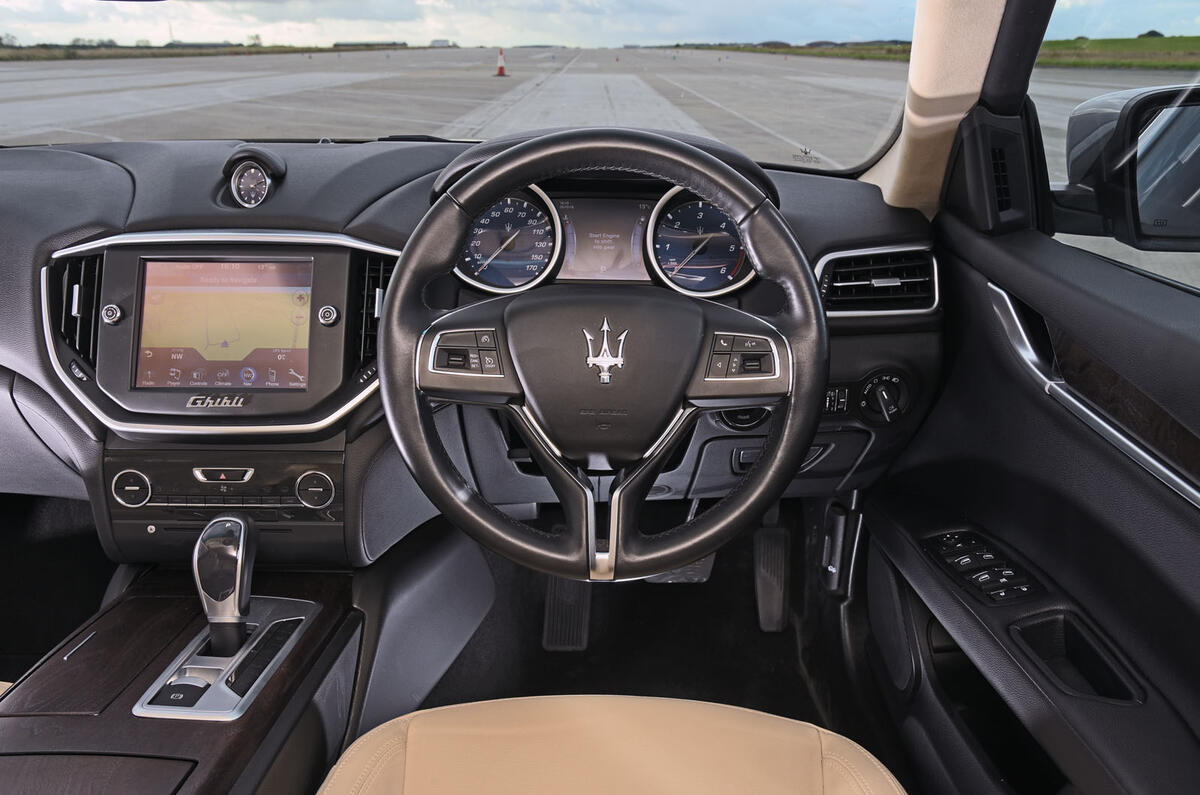
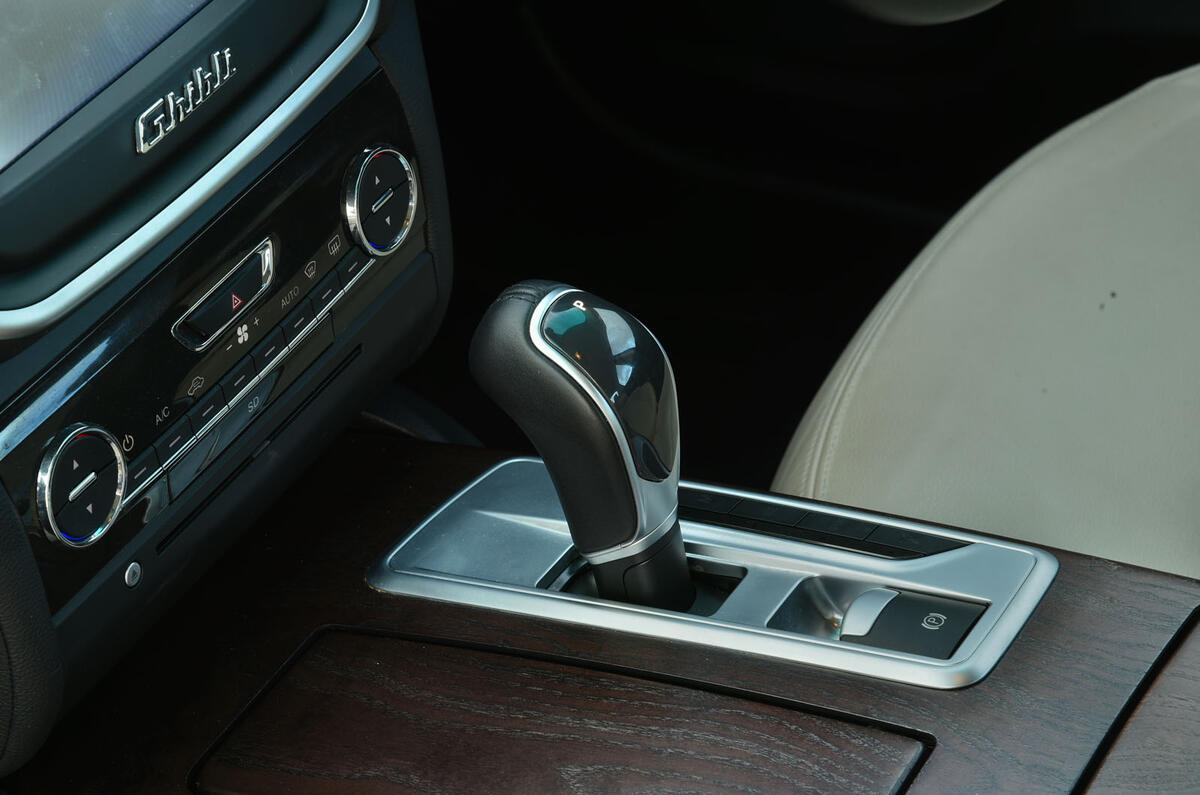
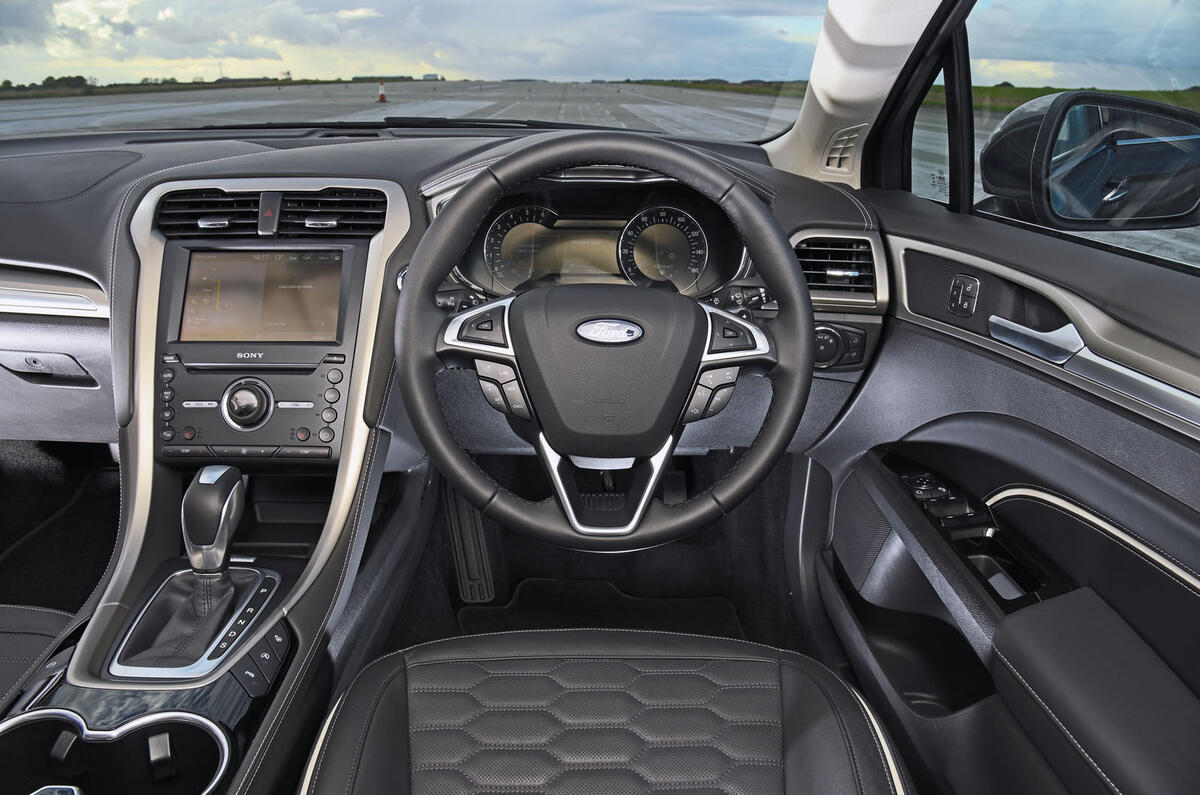
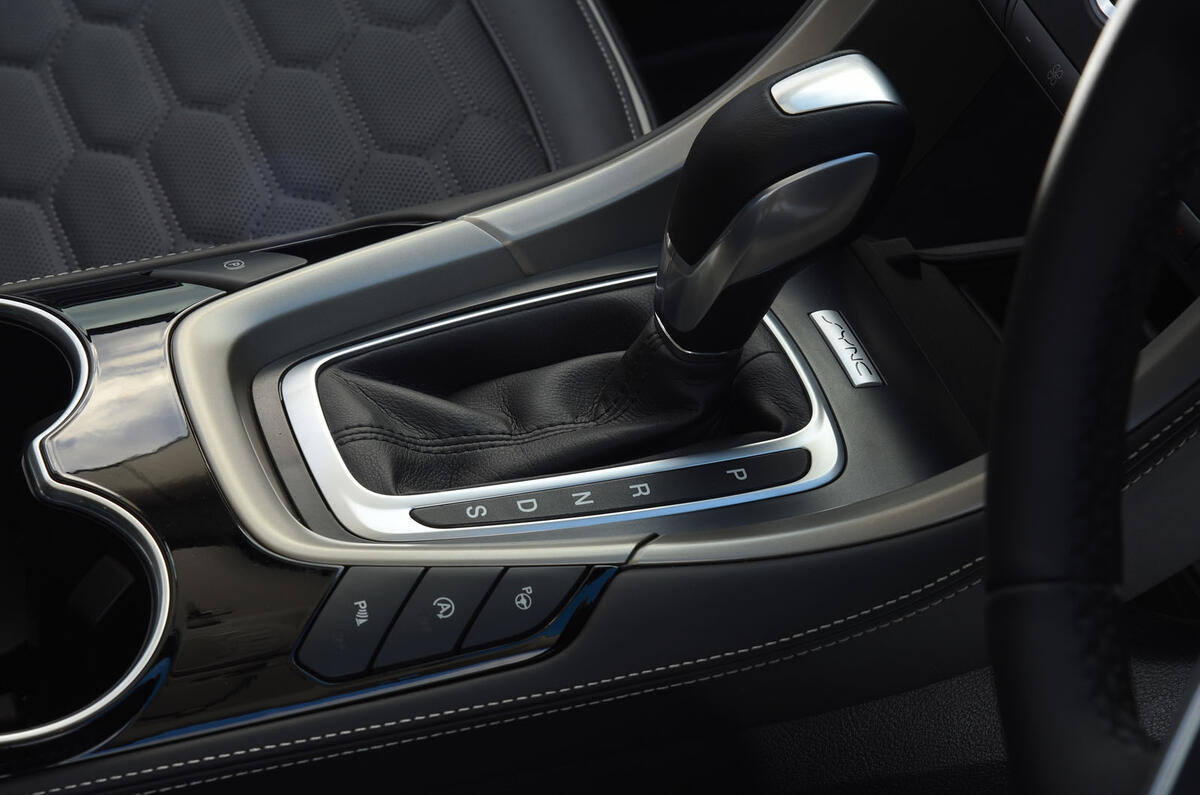
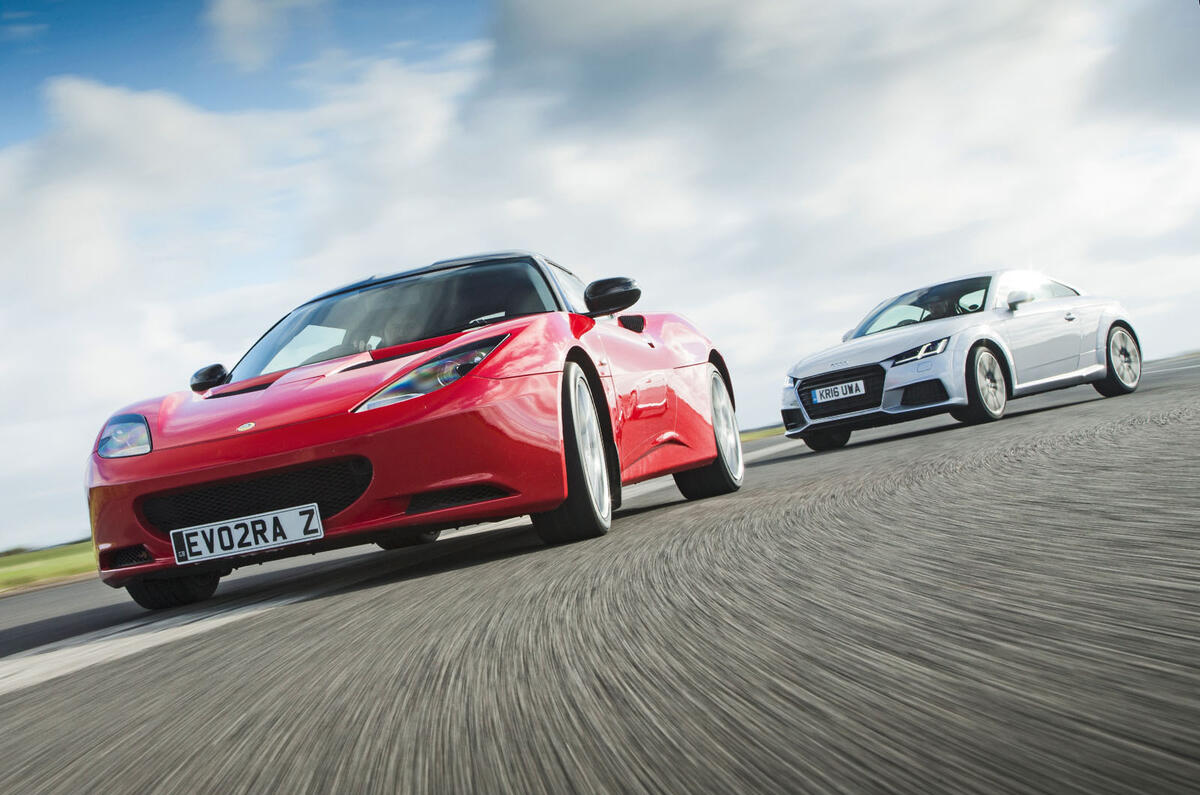

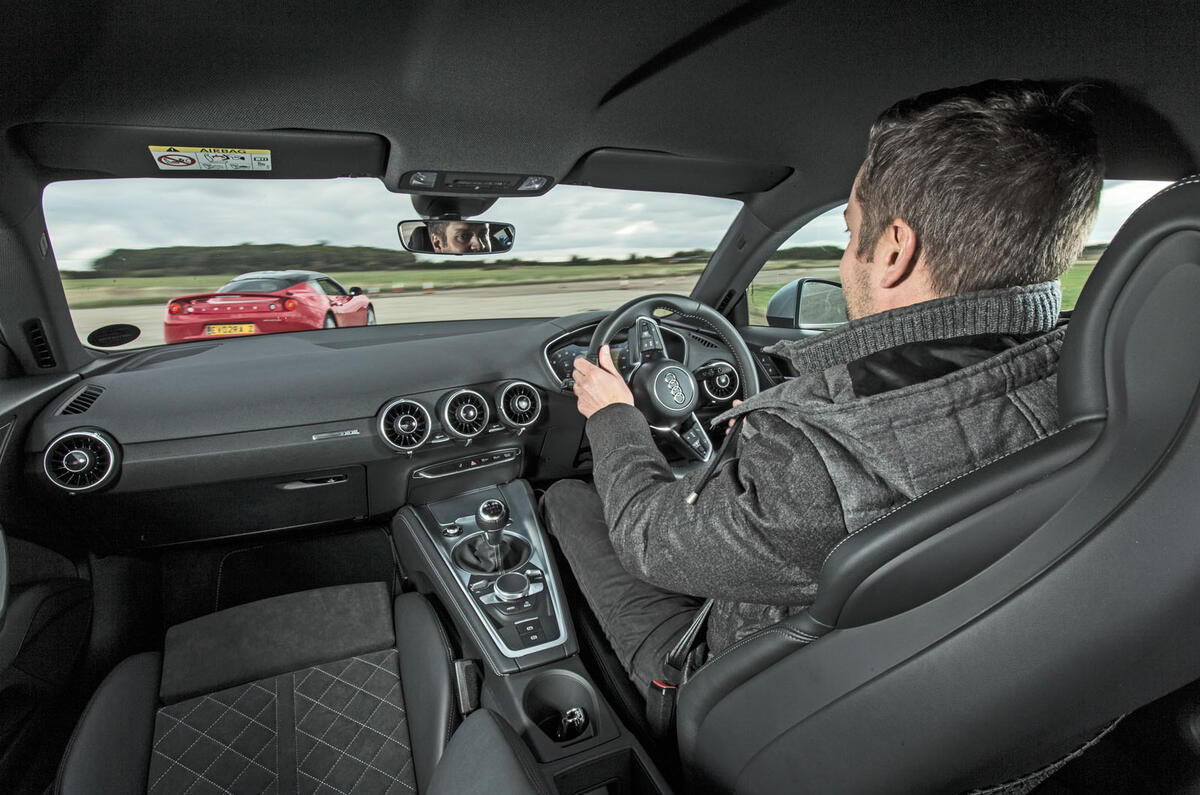
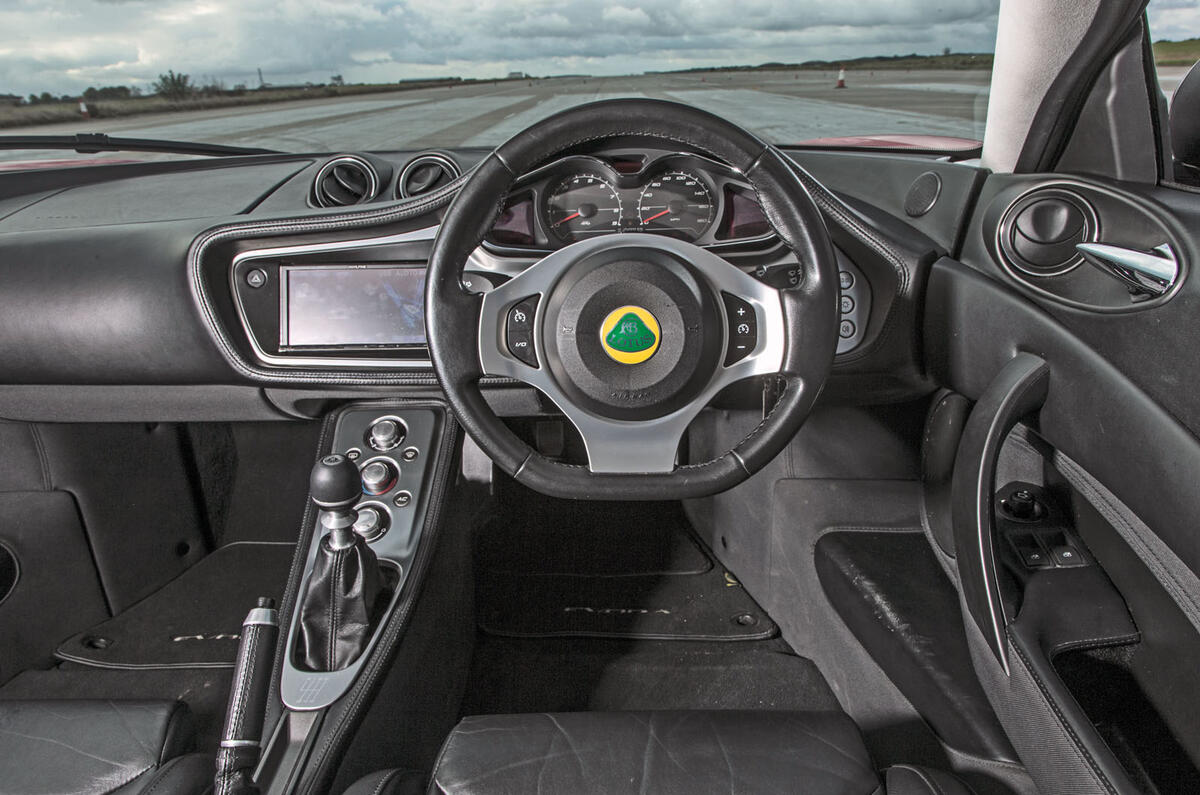
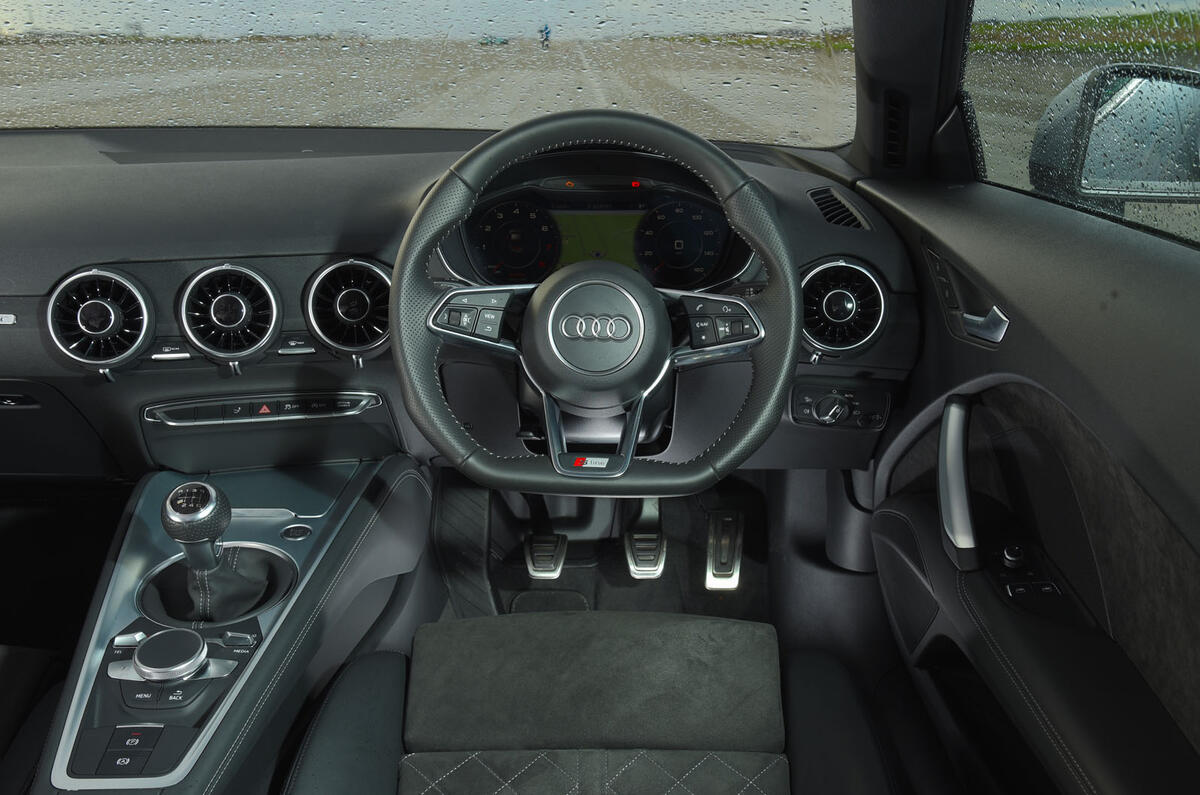
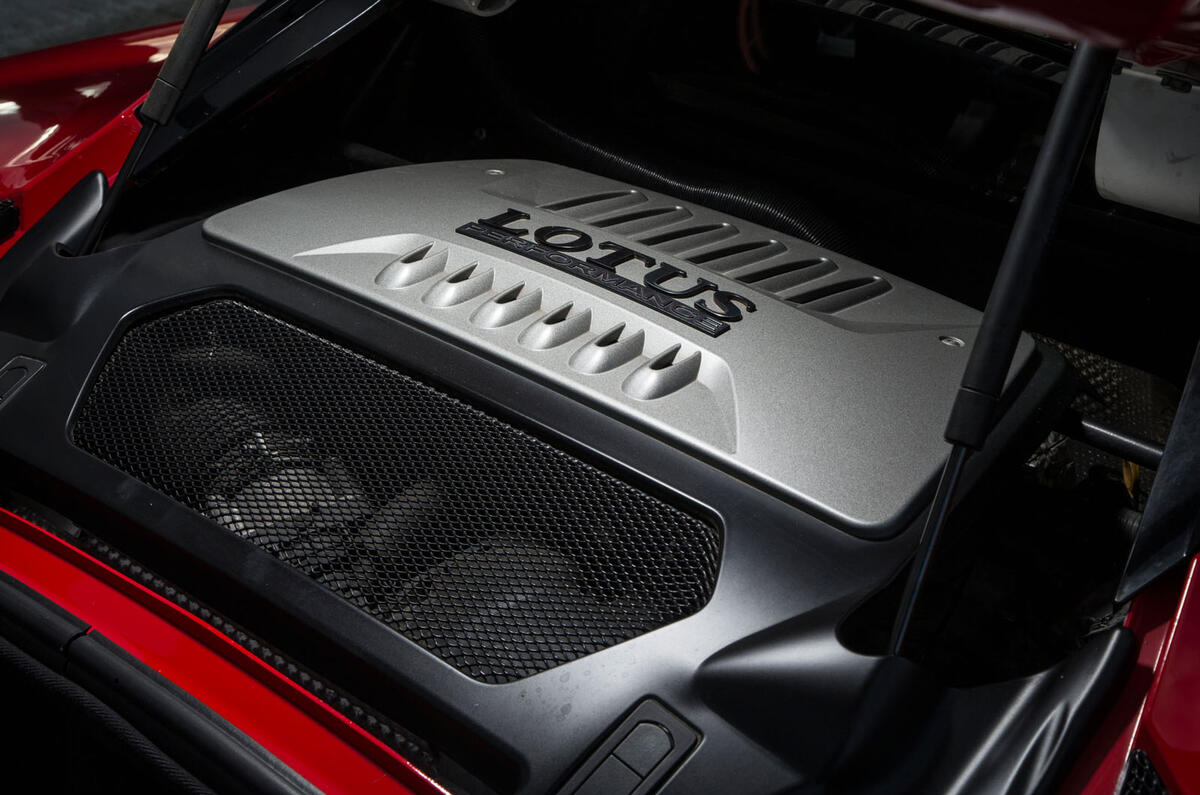



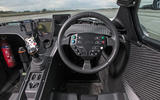
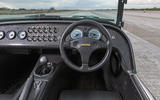

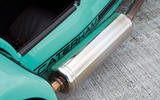
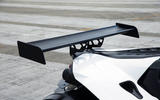
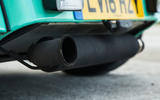


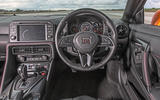
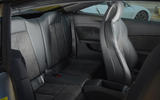
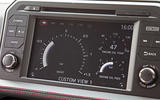
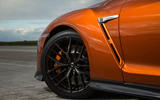

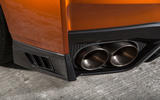

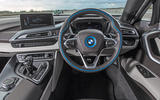
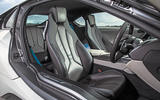



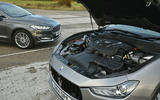
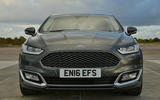

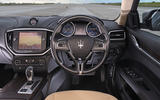
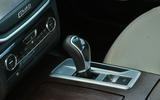
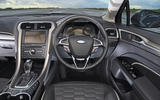
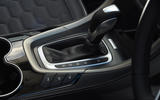

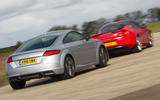

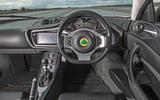
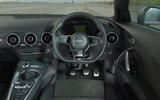
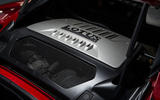

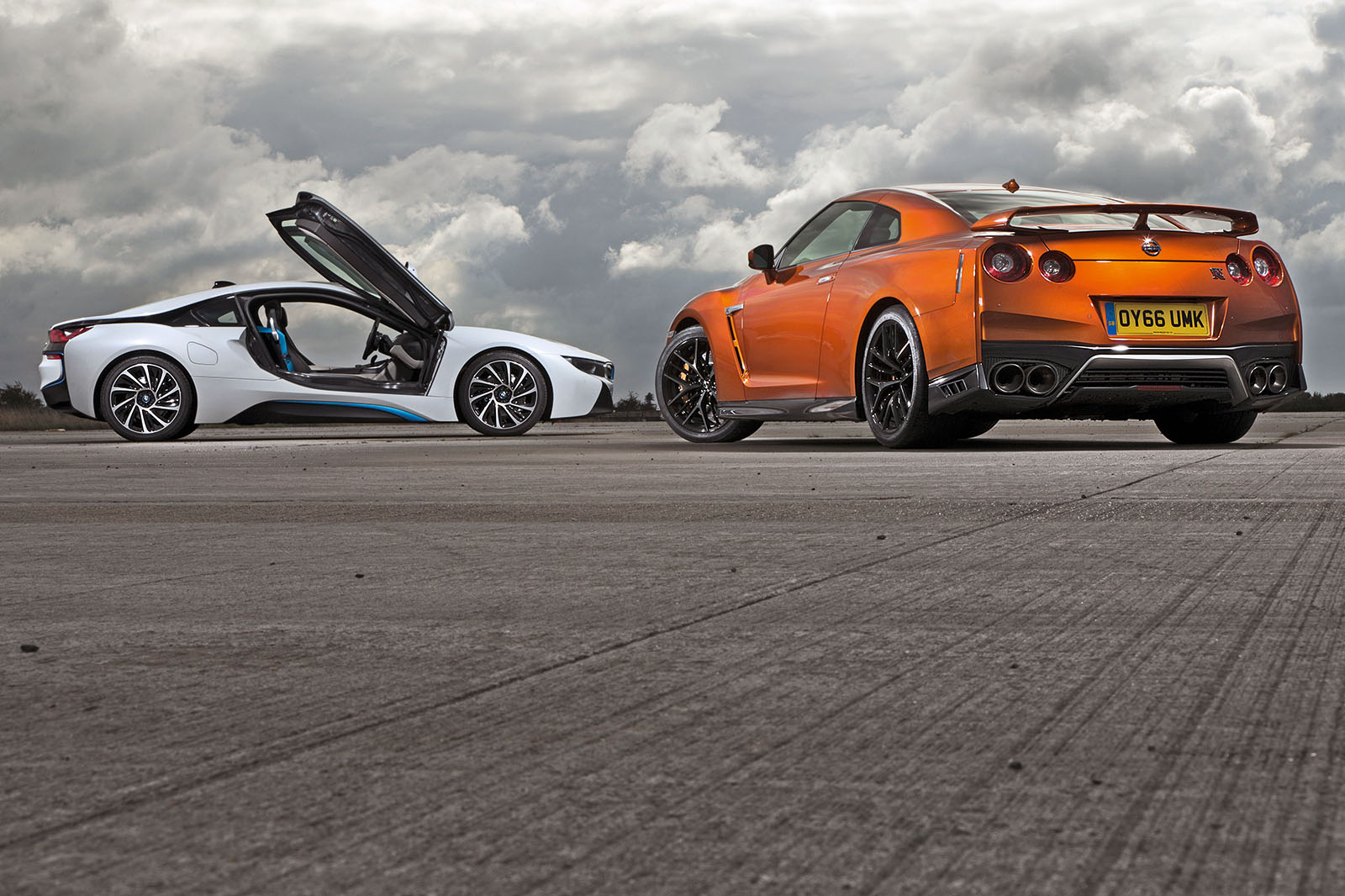
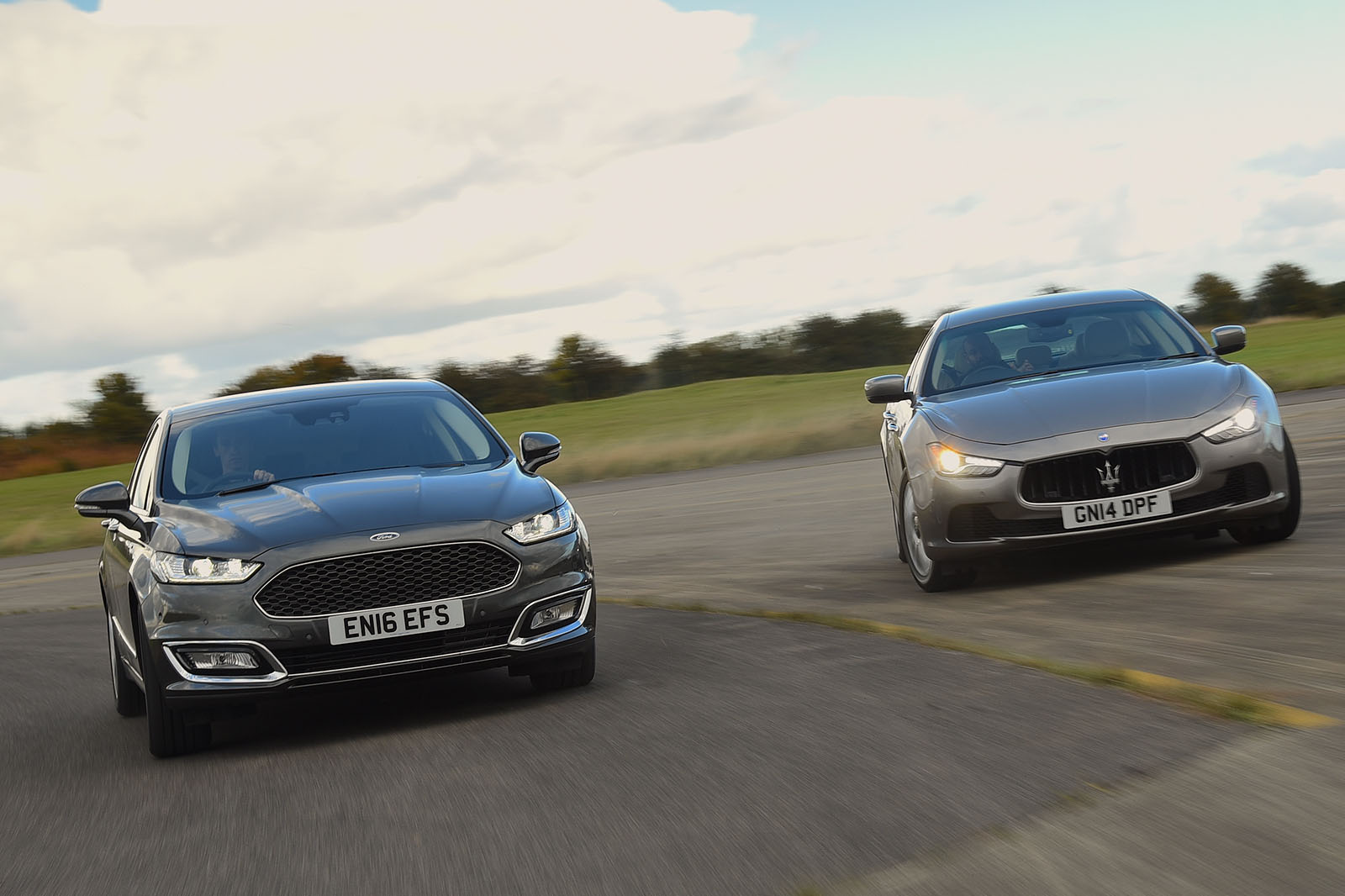
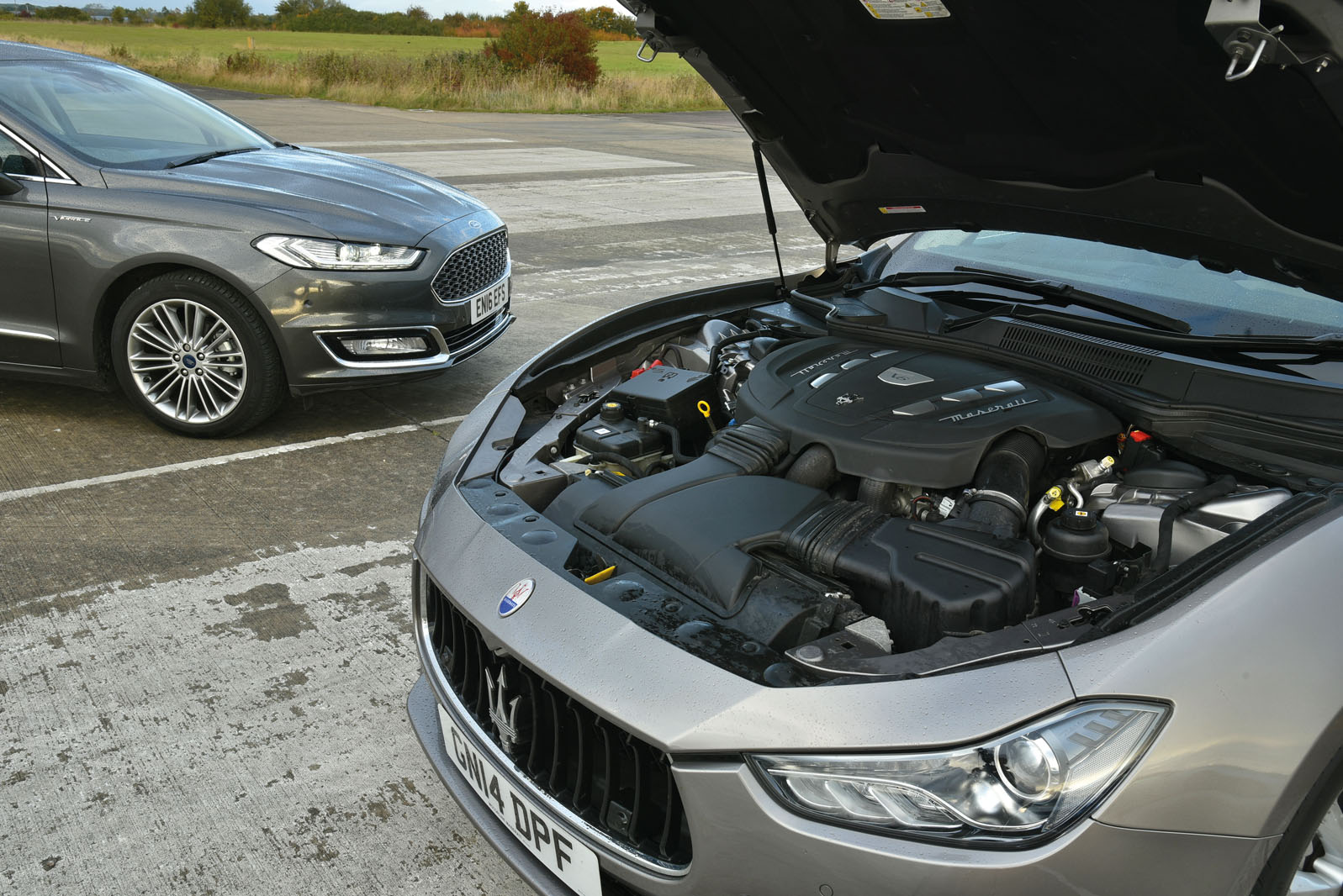
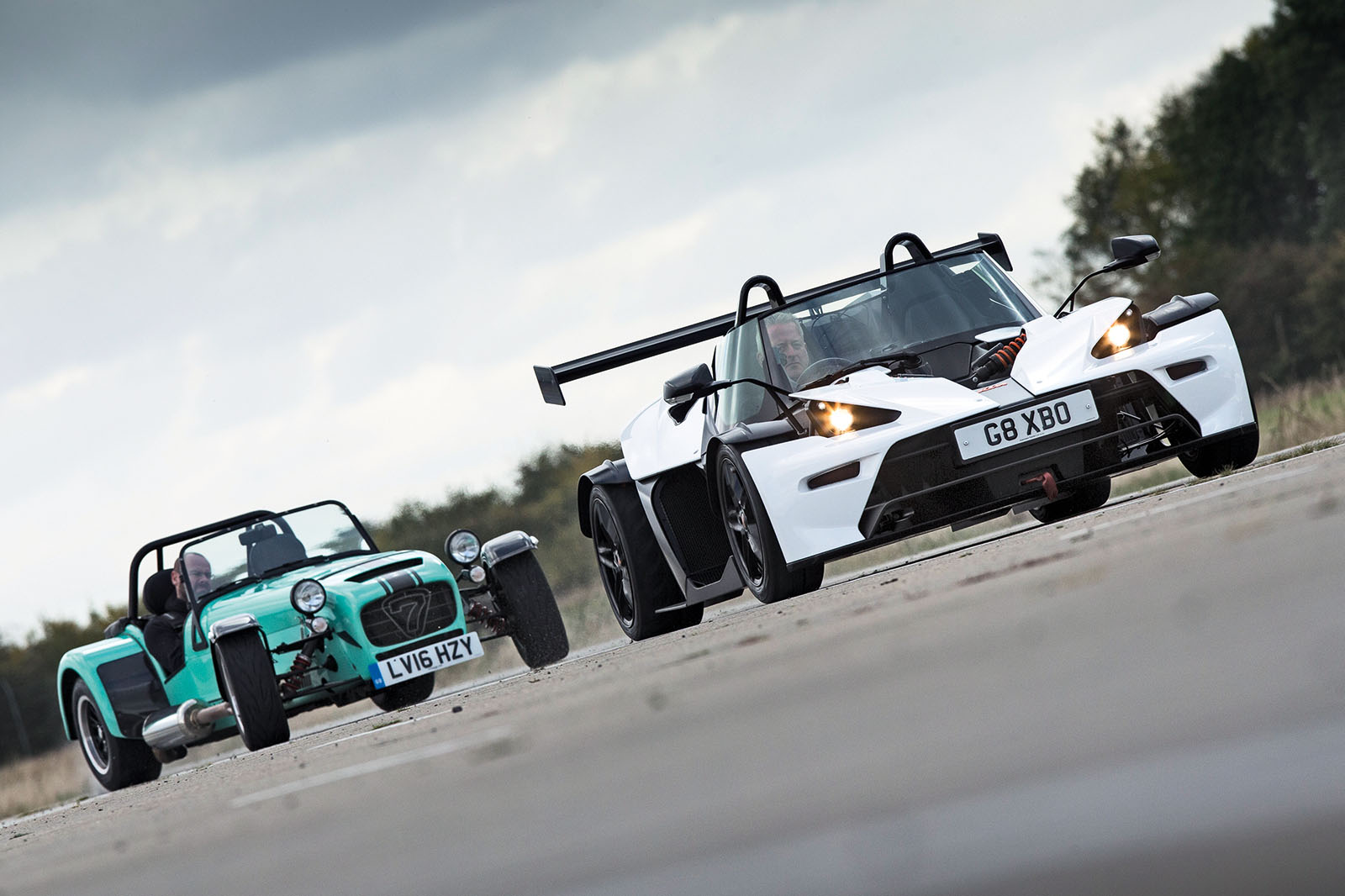
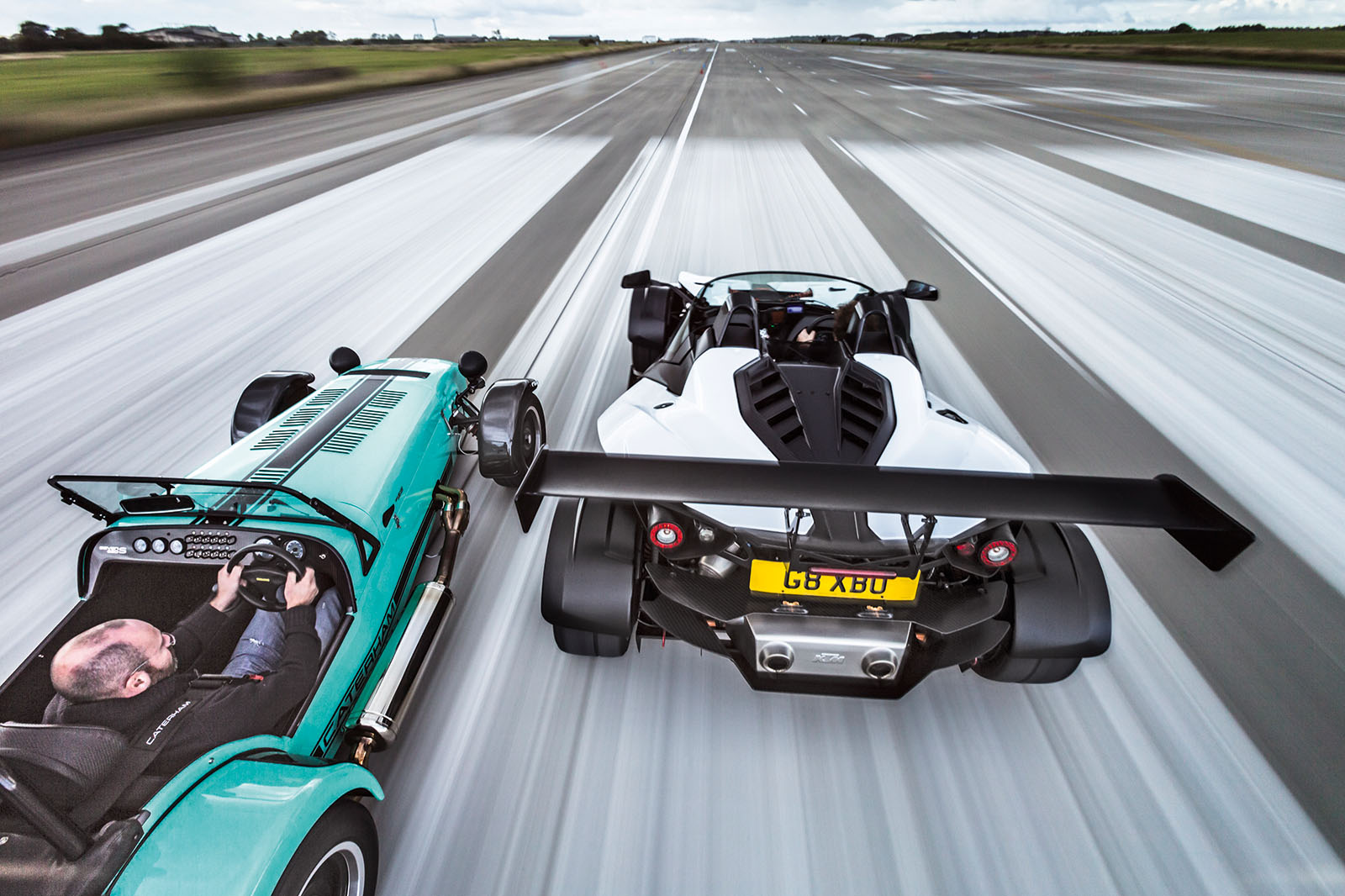
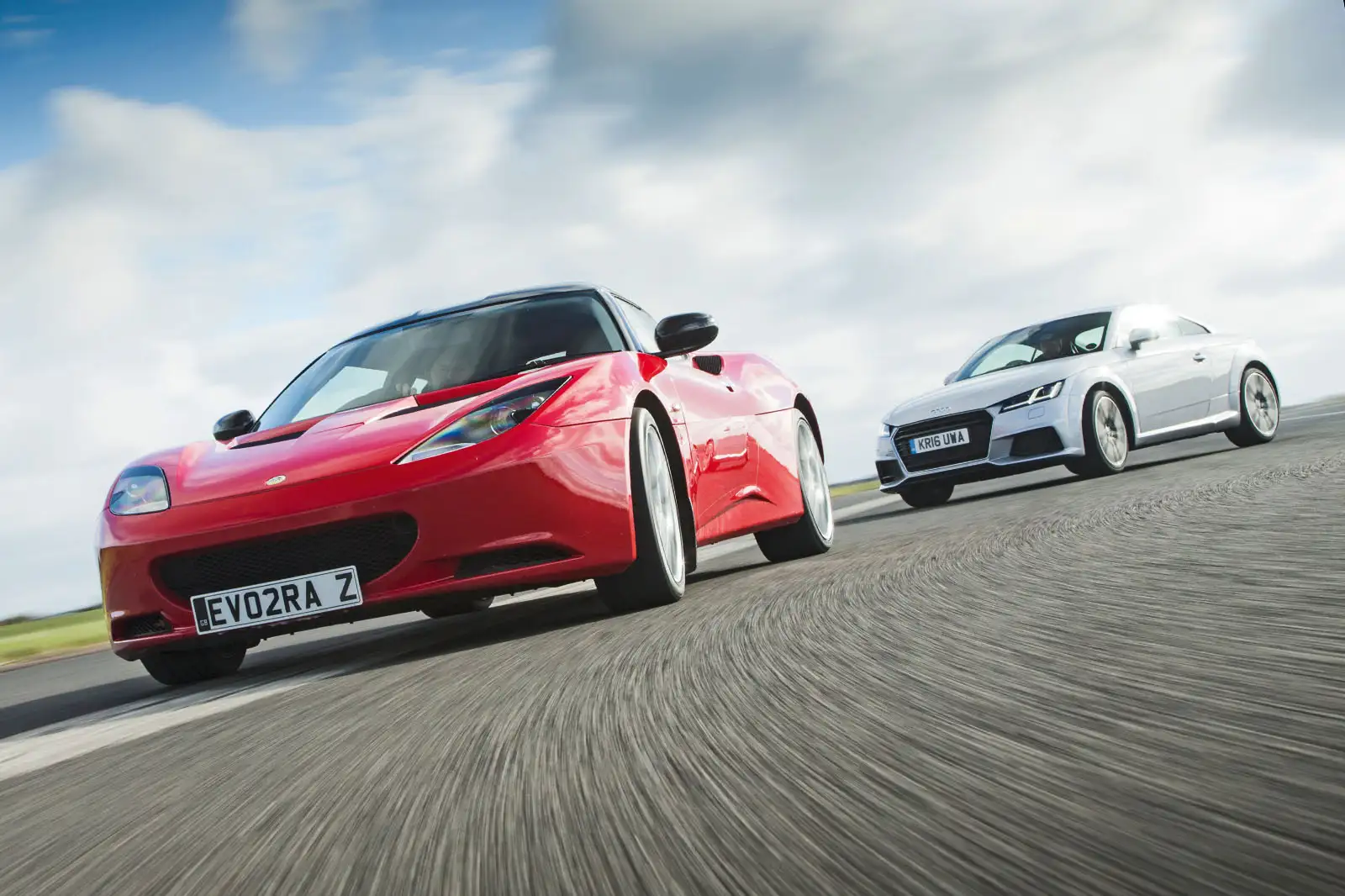
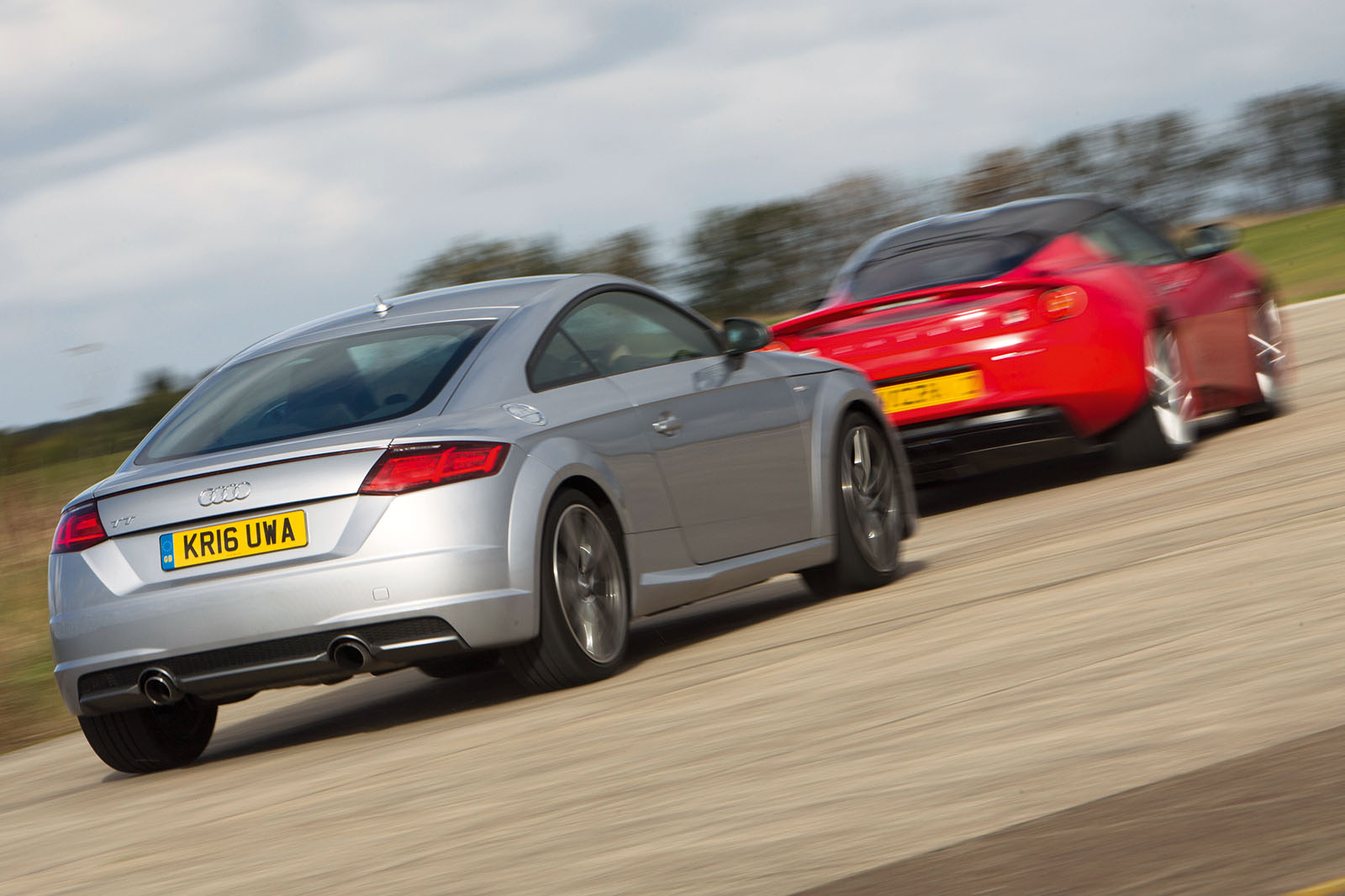


Join the debate
Add your comment
Giulia not Vignale
New apples versus used pears?
Totally agree
I agree, the Audi, you'll be paying VAG service prices, when the Lotus can be serviced by a cheaper specialist.
Malcypoos wrote:
Umm, the Audi would have a 3-year warranty and I would also assume that you would go with the service plan for the new car so your service costs would also be zero...